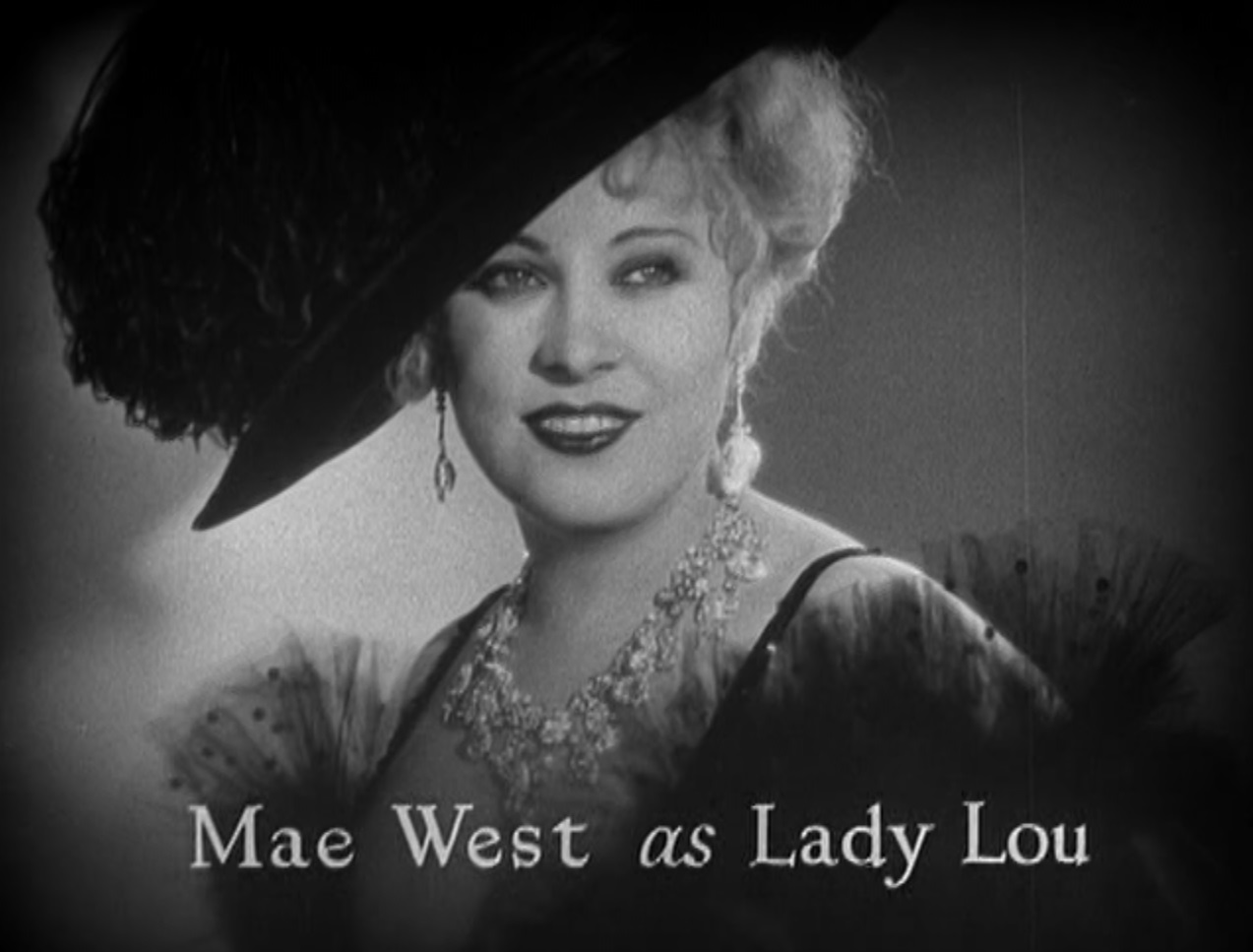 |
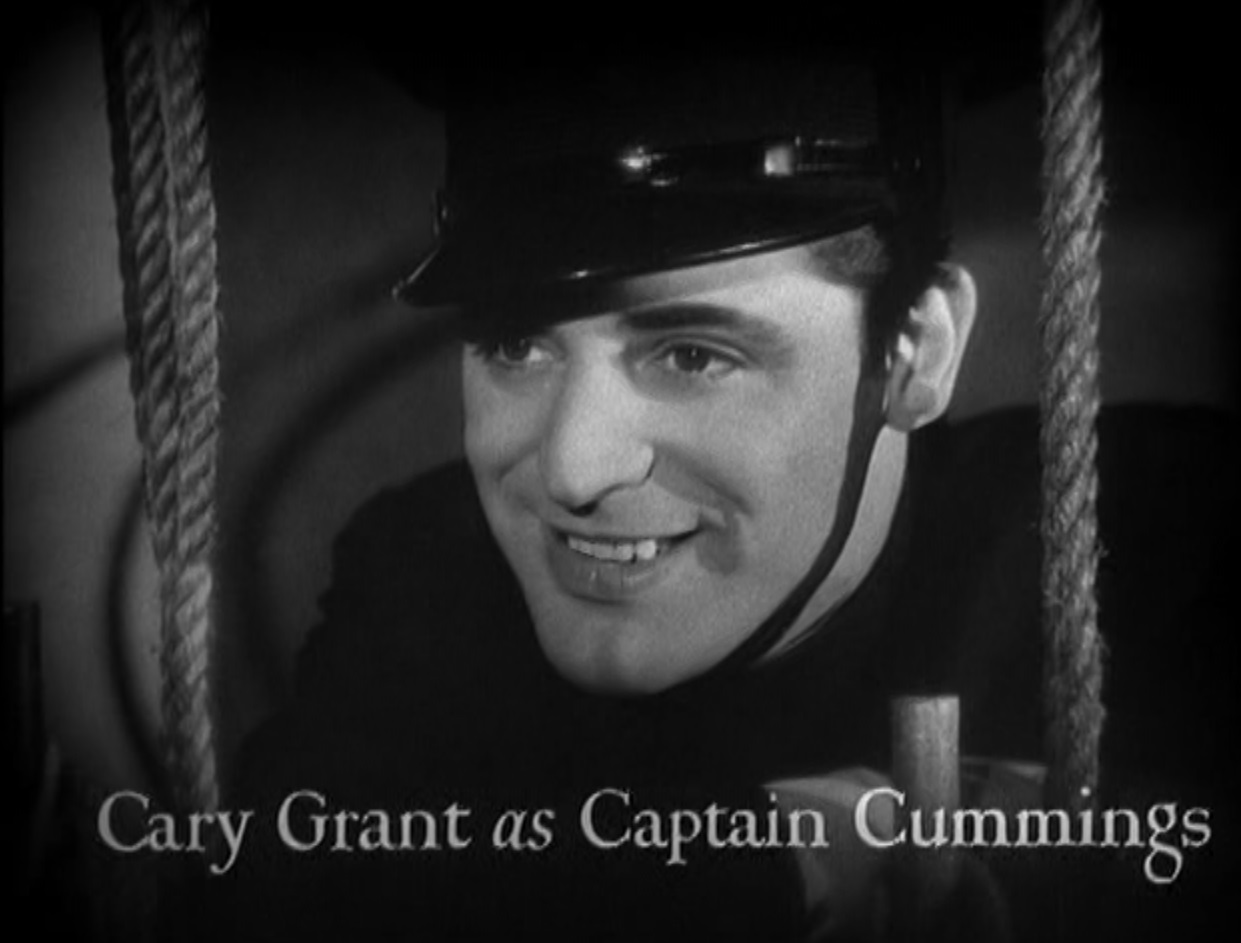 |
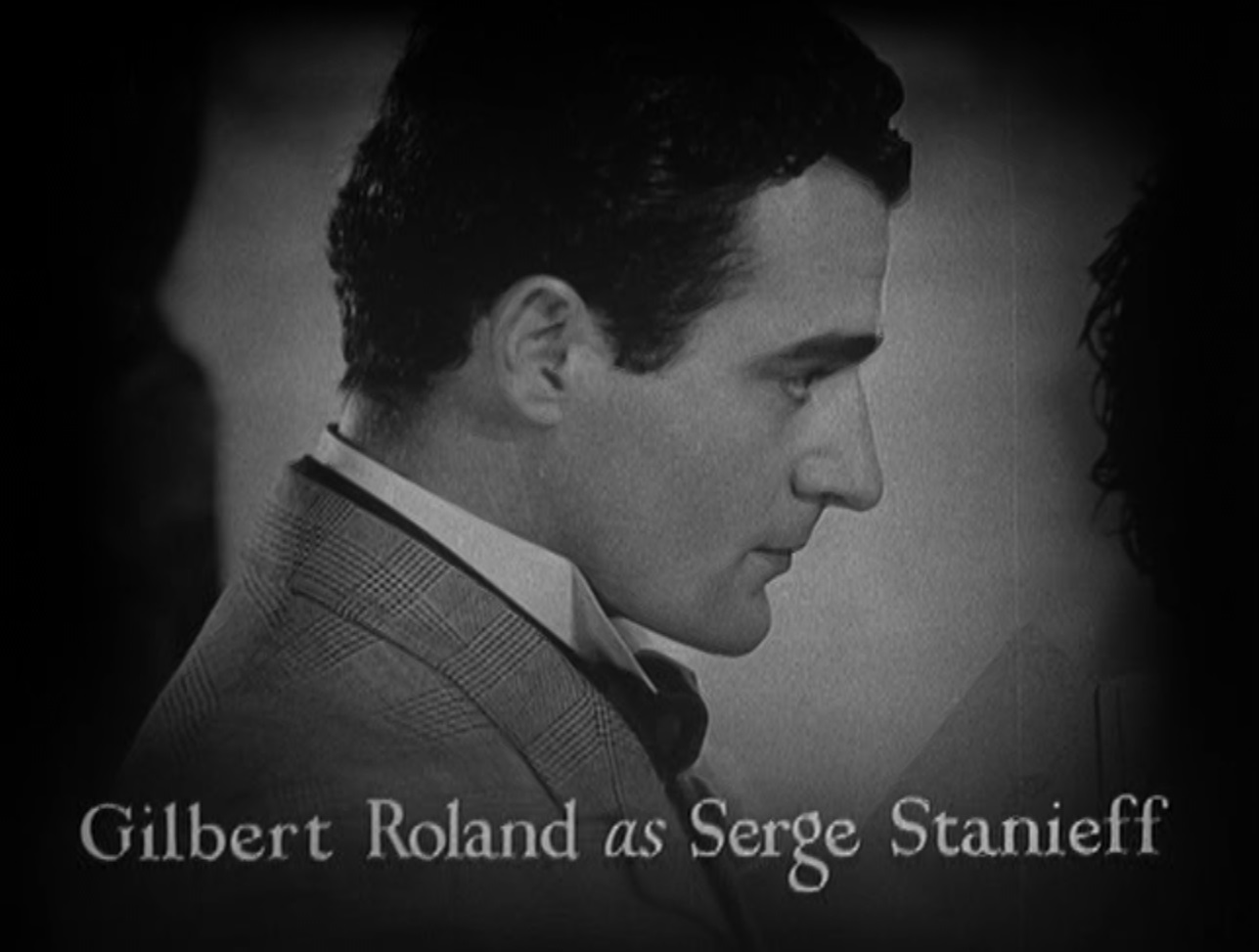 |
| Diamond Lou Mae West |
Captain Cummings Cary Grant |
Serge Gilbert Rowland |
| Released by Paramount Directed by Lowell Sherman Run time: 66 minutes |
||
Proof That It’s a Pre-Code Film
- Our opening montage of the 1890s showcases a man looking at a horse’s ass and looking visibly defeated as he is surely expected to clean up after the animal.
- Before we’re even introduced to Diamond Lou (West), we are treated to a tour of the saloon in which she works. Prominently featured is large nude painting of her. Later Lou sighs and complains, “I do wish he hadn’t hung it over the free lunch!”
- Everyone at the saloon enjoys looking through dirty postcards, with Lou even making a few of her own.
- The rare old movie that shows a gaggle of women drinking as eagerly as the men.
- Starting off with a woman busting into the saloon and attempting to slash her wrists, the film’s plot very euphemistically touches on the ‘no-no’ subject of white slavery, with Gus (Noah Beery) along with Rita (Rafaela Ottiano) and Serge Stanieff (Gilbert Roland) picking up lonely girls and shipping them off to the Barbary Coast to become prostitutes.
- Lou visits a prison where she recognizes the clientele, including two cellmates who are in each other’s arms. She laughs and calls them the Cherry Sisters. Besides the implication of homosexuality, she’s also implying that the men are a pair of hambones. Read the Wikipedia page on the Cherry Sisters (really, do!) and learn about a vaudeville act that was so bad that they sued their critics, lost, and created a new legal precedent that stands to this day.
- Lou deals with the man who owns the building next to the saloon, and he is a pretty typical Jewish stereotype. This may be the first 1930s movie I’ve seen with a very emphatic “Oy gevalt!” exclaimed.
- Mae West sings a trio of songs, with two, “I Wonder Where My Easy Rider’s Gone” and “I Like a Man That Takes his Time”, filled to the brim with suggestive lyrics. The latter of those has lines like “A hasty job really spoils a master’s touch” and “I don’t like a big commotion, I’m a demon for slow motion” (!).
- For a movie from the early 1930s, this film features just an insane amount of cleavage.
- Lots and lots and lots of Mae West one-liners that are setup suggestively or that serve as double entendres:
- One woman intones, “Lady Lou, you’re a fine gal, a fine woman…”
She smiles back, “One of the finest women who ever walked the streets!” - “Day or night work, he should be a big help.”
- “There was a time I didn’t know where my next husband was coming from.”
- “It takes two to get one in trouble”
- “When women go wrong, men go right after them.”
- “Ain’t you ever met a man who could make you happy?”
“Sure. Lots of times.” - Lou smiles, “Hands ain’t everything.”
- “You bad girl.”
“Mmm. You’ll find out.”
- One woman intones, “Lady Lou, you’re a fine gal, a fine woman…”
- Diamond Lil gets into a scrape and stabs another woman. The body is disposed of, and no one suspects Lil did the deed.
She Done Him Wrong: Wiggle & Smirk
“Why don’t you come up sometime? Don’t be afraid, I won’t tell.”
She Done Him Wrong was, in 1933, one of the most controversial and talked about films up to that point. The controversy didn’t come from explicit sex or nudity, but from the liberated attitudes of Mae West and just what those could mean splashed, uncensored, across the big screen for a modest, god-fearing America.
Set in the Bowery in the 1890s, She Done Him Wrong is the story of Diamond Lou (West), a bawdy singer who draws the attention of every able-bodied male and power player in the borough. Her main squeeze is Gus (Beery), the saloon’s owner who traffics white girls on the side. Also in her orbit is reformer Captain Cummings (Grant), lothario Serge Steinoff (Rowland), weaselly business rival Dan Flynn (David Landau), and convict Chick Clark (Owen Moore), who escapes Sing Sing to fly down and make sure that Lou is staying true to him.
You also have Russian Rita (Ottiano) who is gleefully helping traffic young women and Sally (Rochelle Hudson), one of the victims of said trafficking. Oh, and Louise Beavers plays Pearl, Lou’s maid and confidant. With a cast that expansive all crammed into 66 minutes, it may not hurt to keep a scorecard, even if we know who is going to end up scoring at the end.
One thing has to be made clear. and I forget it every time I put this movie on: She Done Him Wrong is not a straightforward comedy. While the film is filled with Mae West’s singular witticisms, outside of her, it is a serious drama of white slavery and romantic entanglements. There are murders and bodies disposed of, and even Lou gets in on the action, stabbing one person and luring another to their death. In fact, if the main character were anyone but Mae West, this would be a fairly standard, if overstuffed, drama for the day.
But why wouldn’t it be Mae West? The atmosphere of vice and sin is the perfect place to put the most unsubtle sexpot in American cinemas. The film orbits around her Diamond Lou, and it’s her attitude and quips that make the movie worth seeing (and, to an extent, life worth living). Mae West’s carnal posture towards the opposite sex is bold and exciting for an era often drawn to self-sacrifice and demure coolness, eschewing quiet subtlety for aggressive pleasure. Men worship her, women stand in awe.
West wrote the original play Diamond Lil which the film was built upon and crafted it to amplify her best attributes, from the way she controls men to using the decadence of the 1890s to give the film a real sense of dirt and grime. The film’s atmosphere, captured by Lowell Sherman, is delectable, with a great deal of time early in the movie dedicated to gorgeous views of overflowing glasses of beer and beautiful, languid cigarette smoke. Everyone in the film seems to have a pretty good time, outside the ones who get murdered, and the riotous atmosphere is both compelling and sanguine.
It’s not hard to understand why She Done Him Wrong landed so hard at the time it did, pushing boundaries and basically being built on a dare to the censors. (More on that below.) The movie isn’t West’s best showcase– god, there are a lot of characters– but it’s still a fascinating, if overwhelming, ride. It’s a great exhibit of West’s dynamism and a demonstration of what a true provocateur-non-grata could do in the pre-Code era.
Screen Capture Gallery
Click to enlarge and browse. Please feel free to reuse with credit!
Other Reviews, Trivia, and Links
- This review was completely revised and updated in April 2021.
- Frank Miller at TCMDB talks about how the film censors fought against the hiring of Mae West at every turn, and how the stage play changed to the screen at their behest.
[West had] scored some huge hits on Broadway, particularly with the controversial Diamond Lil, in which she played a saloon singer on The Bowery in the 1890s who sets out to seduce a Salvation Army officer. Universal Pictures had proposed bringing the play to the screen in 1930, when she toured it to Los Angeles. Hays issued a firm edict, however. The play was off limits, and when Universal suggested hiring West to write something new for them, he talked them out of it. Meanwhile, West fell on hard times when her follow-up play, The Constant Sinner, closed after only eight weeks. The 39-year-old sex star began to wonder if she wasn’t over the hill. […]
When the studio approached her about making another film, she considered her options, then insisted on adapting Diamond Lil. Rather than buck Will Hays outright, they suggested changing the title and enough details to make it seem like a new story. But when Hays found out, he tried to shut the film down. Studio head Adolph Zukor made his case to Hays’ New York board of directors, and won the concession that they could redo the script with a new title and new character names (Diamond Lil became Lady Lou). Other demands made by the Hays Office included making the leading man (Cary Grant) a mission worker with no specific affiliation to the Salvation Army and cutting overt references to prostitution. They also changed the nationality of West’s female nemesis from Brazilian to Russian, since there was little market for U.S. films in the Soviet Union.
- Farran Smith Nehme did a lengthy biography of West for The Criterion Current, and it’s well worth a read. I’ll sample bits from her coverage of She Done Him Wrong:
Lou eyes Serge, the dreamboat grifter played by Gilbert Roland, in exactly the way male stars had sized up beautiful women since the dawn of cinema. Even the most sensual actresses usually lured men into chasing them; West’s open invitation scorned such pretense. But She Done Him Wrong also established her essential likability with fellow women. Lou is kind and sisterly to the beautiful young woman (Rochelle Hudson) who washes up in her saloon after a seduction, advising her, “Listen, when women go wrong, men go right after them.” Lou has a rapport with her Black maid, Pearl (played by the wonderful Louise Beavers), that often seems more like that between roommates than boss and employee—though Lou still uses a casual racist slur. Pearl says, “I wouldn’t want no policeman to catch me without no petticoat.” Lou teases back, “No policeman? How about a nice fireman?”
Capping the film is West’s version of Black composer Shelton Brooks’s “I Wonder Where My Easy Rider’s Gone,” one of the bawdiest things in all of pre-1960 American film. Throughout her career, West sang Black songs and blues and performed dances that originated in Black clubs and vaudeville, as did other white performers of the time. But historian Jill Watts says, “The difference between [West] and them is that she consistently credited African-American performance as the roots of her performance.” There are other depictions of unusually warm relationships between West’s and Black characters in subsequent films, like I’m No Angel and Belle of the Nineties, until, according to Emily Leider, head Production Code enforcer Joseph Breen demanded that her character’s maid and chauffeur in Go West, Young Man (1936) “not be colored.” In that post-Code film, the sole Black performer, Nicodemus, is entirely stereotypical and has no scenes with West.
She Done Him Wrong was one of 1933’s biggest hits; producer William LeBaron later credited Mae West with saving Paramount, which had been considering selling out to MGM.
- Here’s more from Miller about the film’s theatrical run and success:
She Done Him Wrong was a huge hit. Made for just $200,000, half of which went to West for writing and starring, it returned $2 million domestically on its initial release and another $1 million in international markets. That wasn’t enough to pull Paramount out of the hole, but it raised studio morale and their image enough to help them edge back toward profitability. The film made West a household name and boosted the career of co-star Grant, who was just starting in films. He would later claim that he learned most of what he knew about playing comedy from watching West at work.
She Done Him Wrong also changed fashions, bringing back the hourglass figure, and encouraged a run of films set in the 1890s. But there was also the inevitable backlash. West’s suggestive song “I Like a Man That Takes his Time” was so heavily cut by censors that Paramount called back all release prints to cut the middle stanzas. Other lines were cut by local censors, and the film was banned outright in Java, Latvia, Australia and Vienna. It also triggered renewed cries for national film censorship that led to the strengthening of the Production Code in 1934. That, in turn, would create even more battles for West and the censors, though they could do nothing to diminish the sexual independence of her characters.
- For more life history of Ms. West from a 1930s perspective, check out this cheeky article in Modern Screen by Caroline Somers Hoyt called “BAD, BAD WOMAN.”
- Here’s are some behind-the-scenes shots from Close-Up:
- DVD Beaver has some screenshots and techie details on its latest release.
- Erich at Acidemic includes this in a roundup of pre-Code Cary Grant. He notes;
This one has passed the Erich acid test: the black and white air is thick and breathable, the death hangs in the air — vice and despair are never more than a breath away, and Mae’s sense of humor is a warm beacon in a jet black galaxy.
- Andre Sennwald in the New York Times has a grudging admiration for the movie. One fun thing he notes: if you were in New York for its original engagement, your stage show beforehand was Mae West herself, singing a few of the songs from the picture and doing a number of sketches, plus some business from Cliff Edwards on his ukulele. Back to the movie, Sennwald notes:
With the haughty strut and the nasal twang which are the principal assets of her repertoire, she filled the screen with gaudy humor. […] Despite the title, she did nobody wrong.
- The contemporary take from Harrison’s Reports reports the film “certainly is not for the family circle or for squeamish adults.” They also note:
Some of it is vulgar in with a touch of comedy, and some of it is vulgar in an uninteresting way.
- The film was a massive box office success, and got lots of room in movie magazines. Let’s start with some of the many print ads that showcased the film. (Sources: 1, 2, 3, 4)
- And here are some of the many, many glamor portraits of West that the magazines would feature. (1, 2, 3)
Awards, Accolades & Availability
- The film is available:
- On DVD.
- On DVD along with 8 of her other films, including all of her other pre-Code entries, Night After Night, I’m No Angel, and Belle of the Nineties.
- On blu-ray.
- On various streaming platforms for rent or purchase.
More Pre-Code to Explore
 |
 |
 |
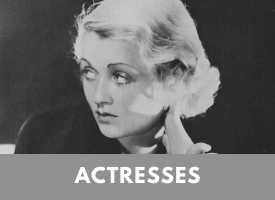 |
 |
 |


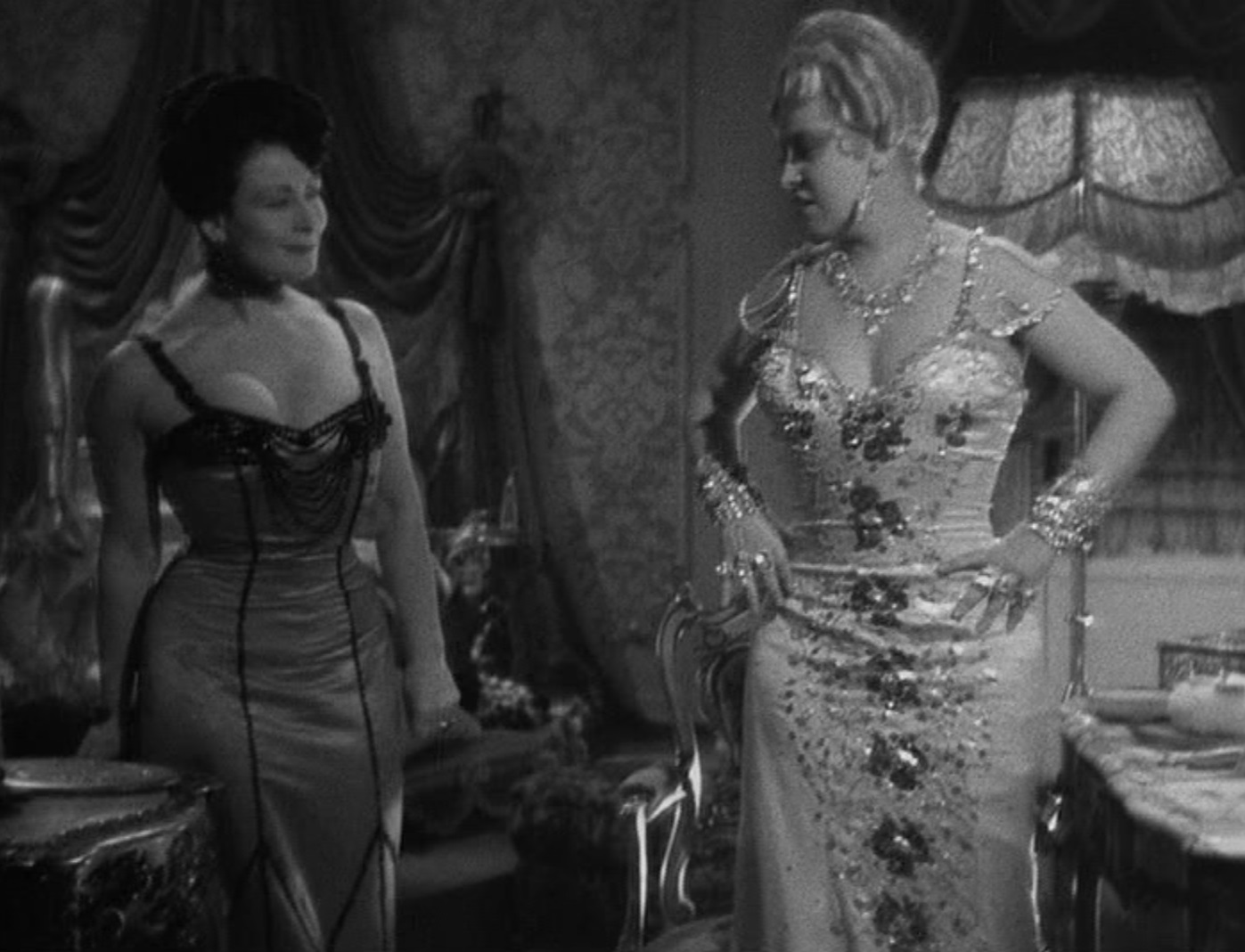
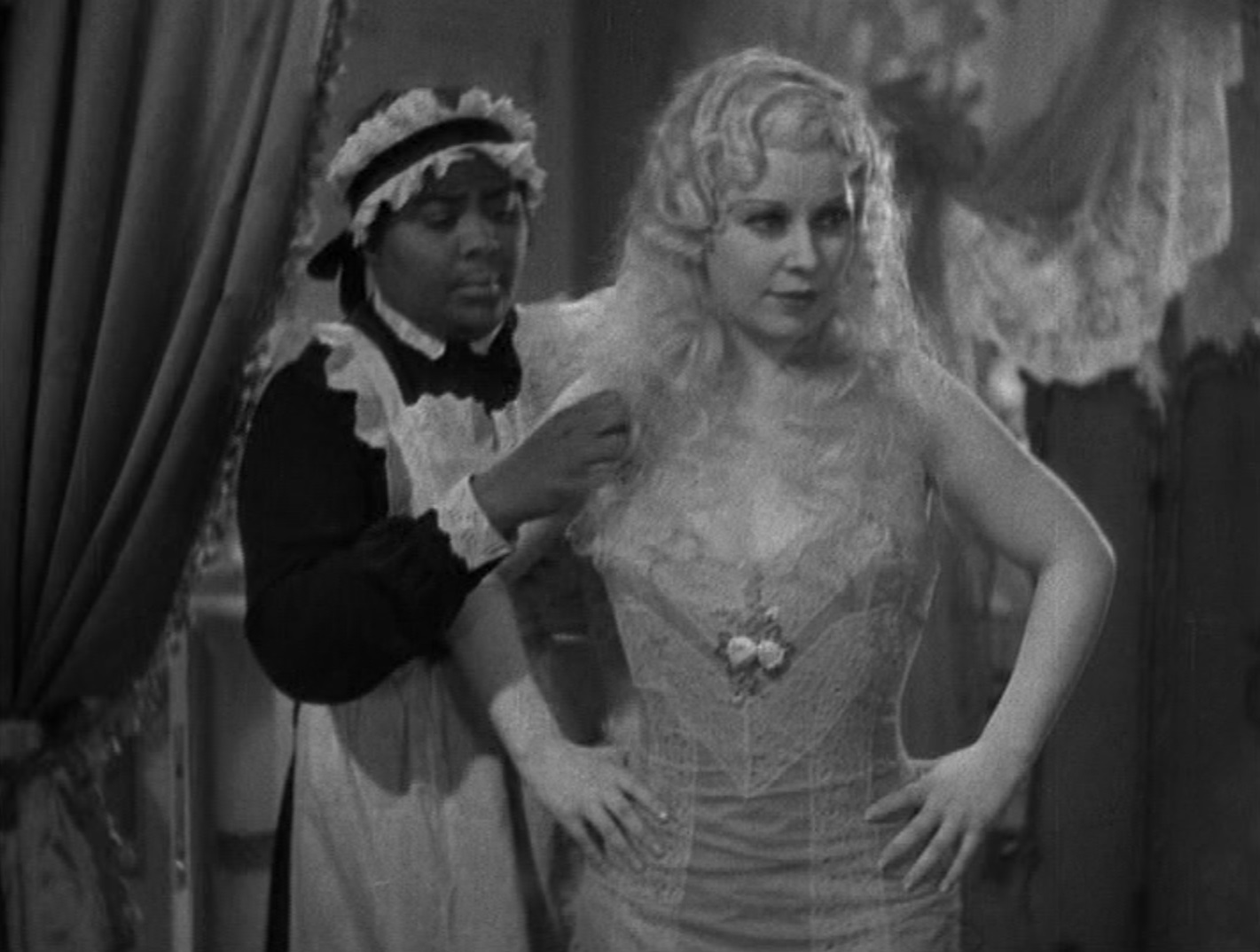
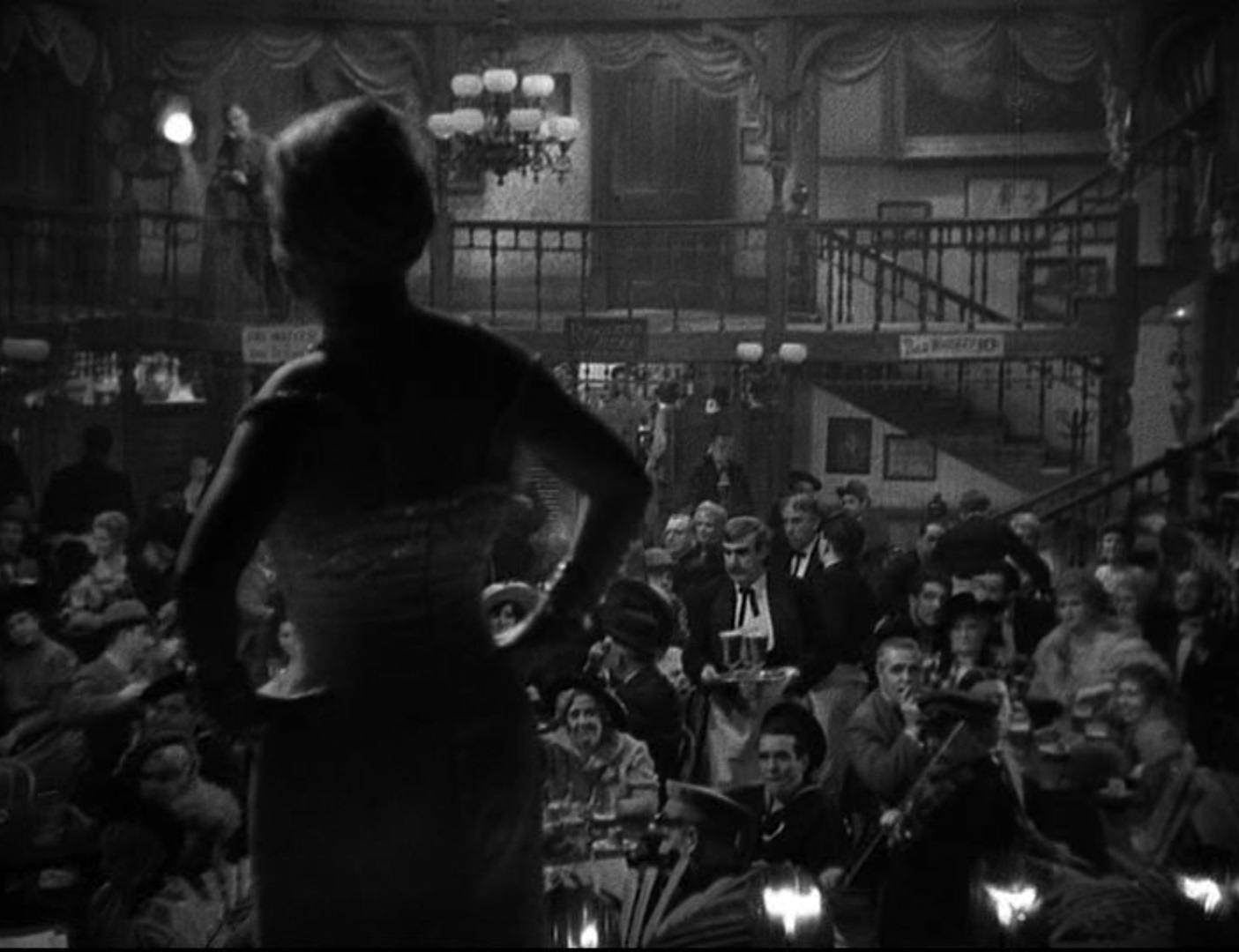

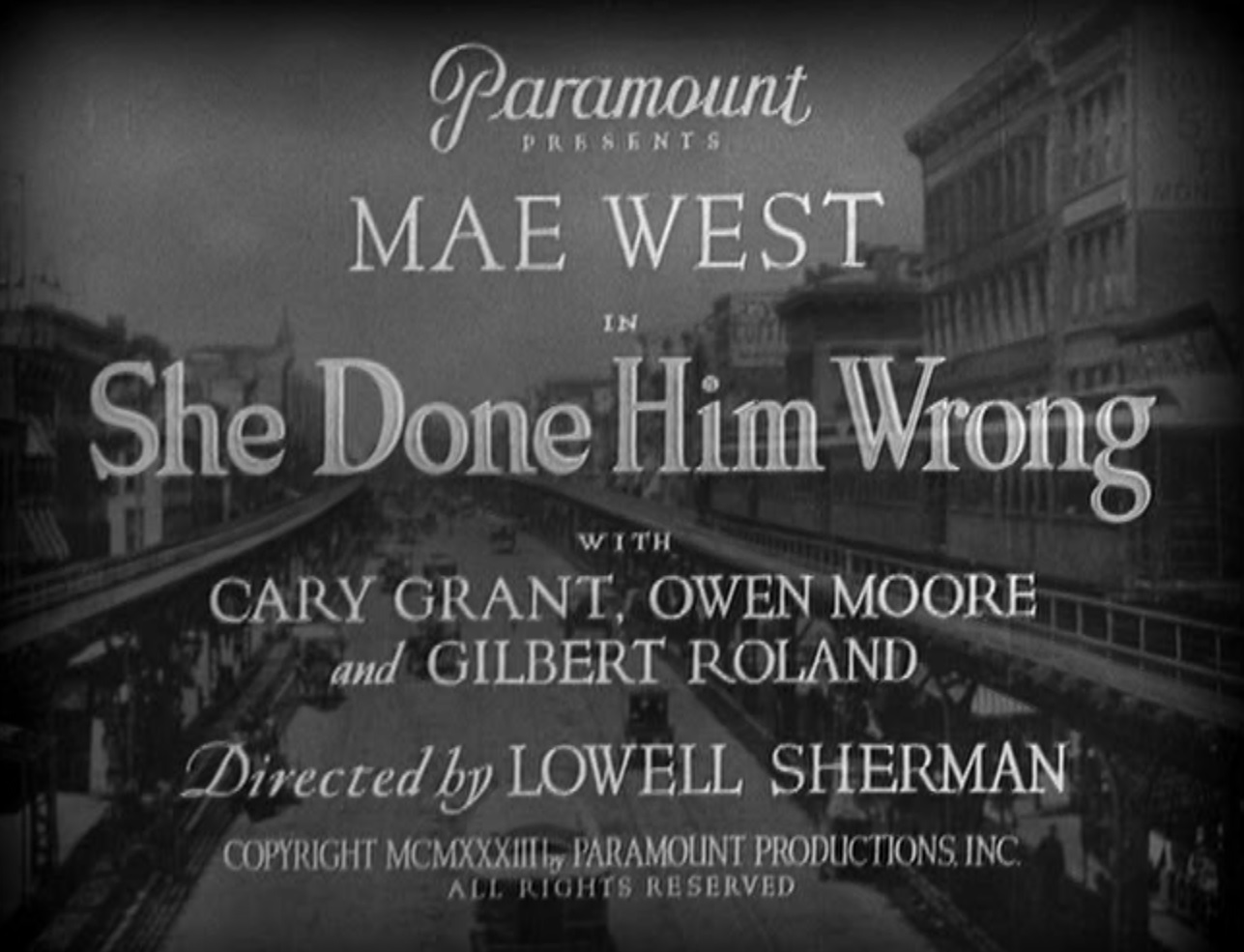
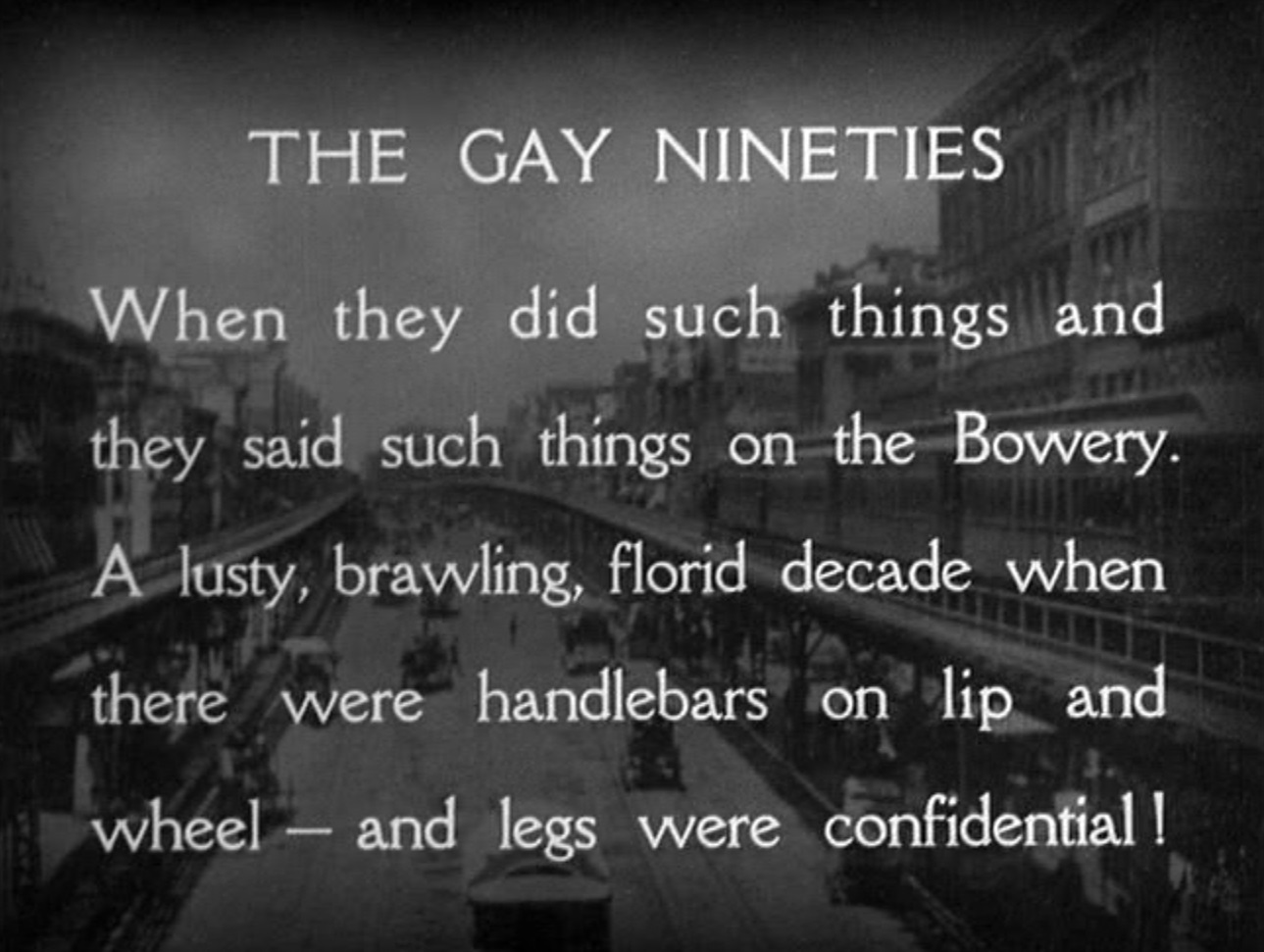
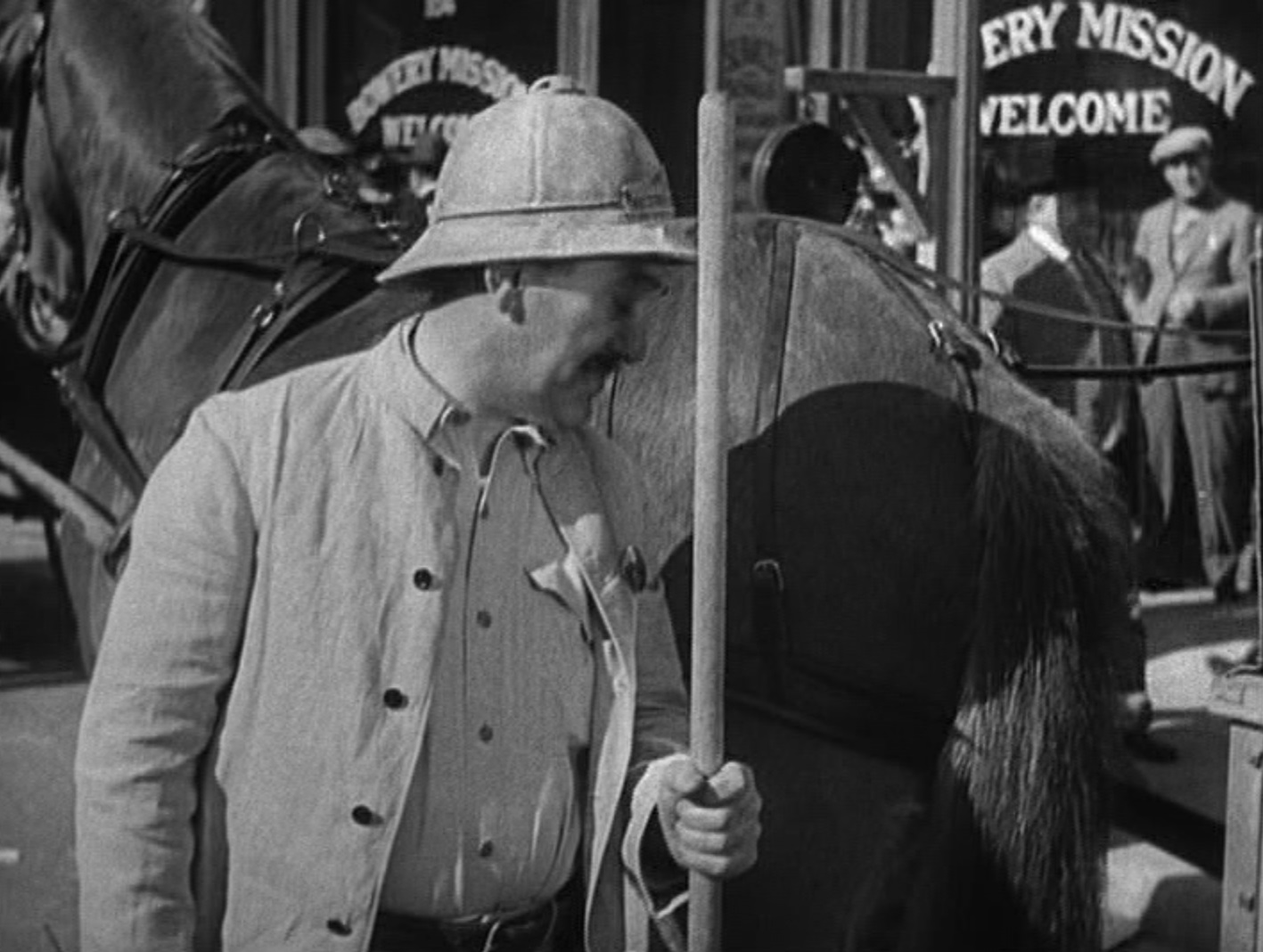
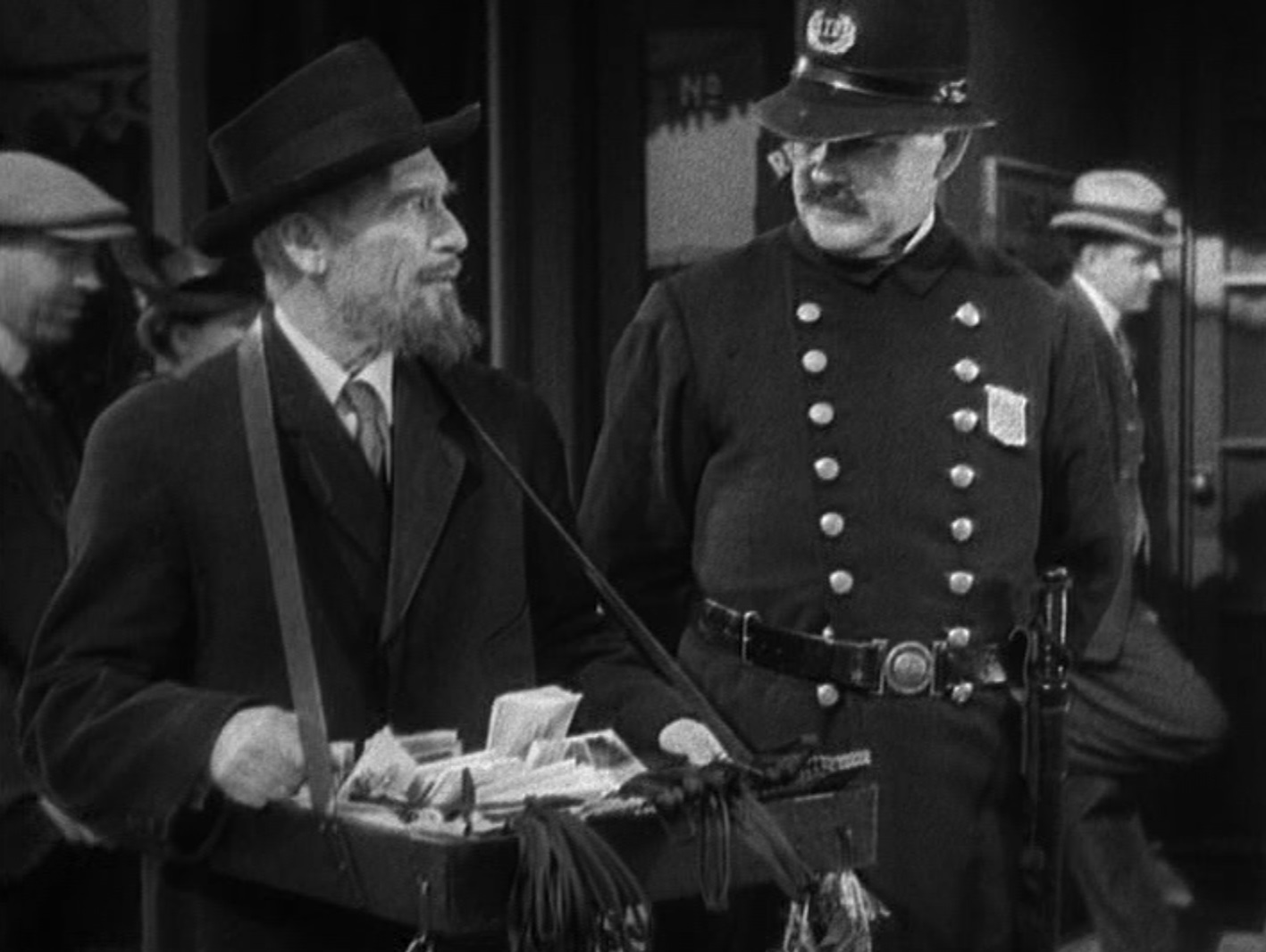
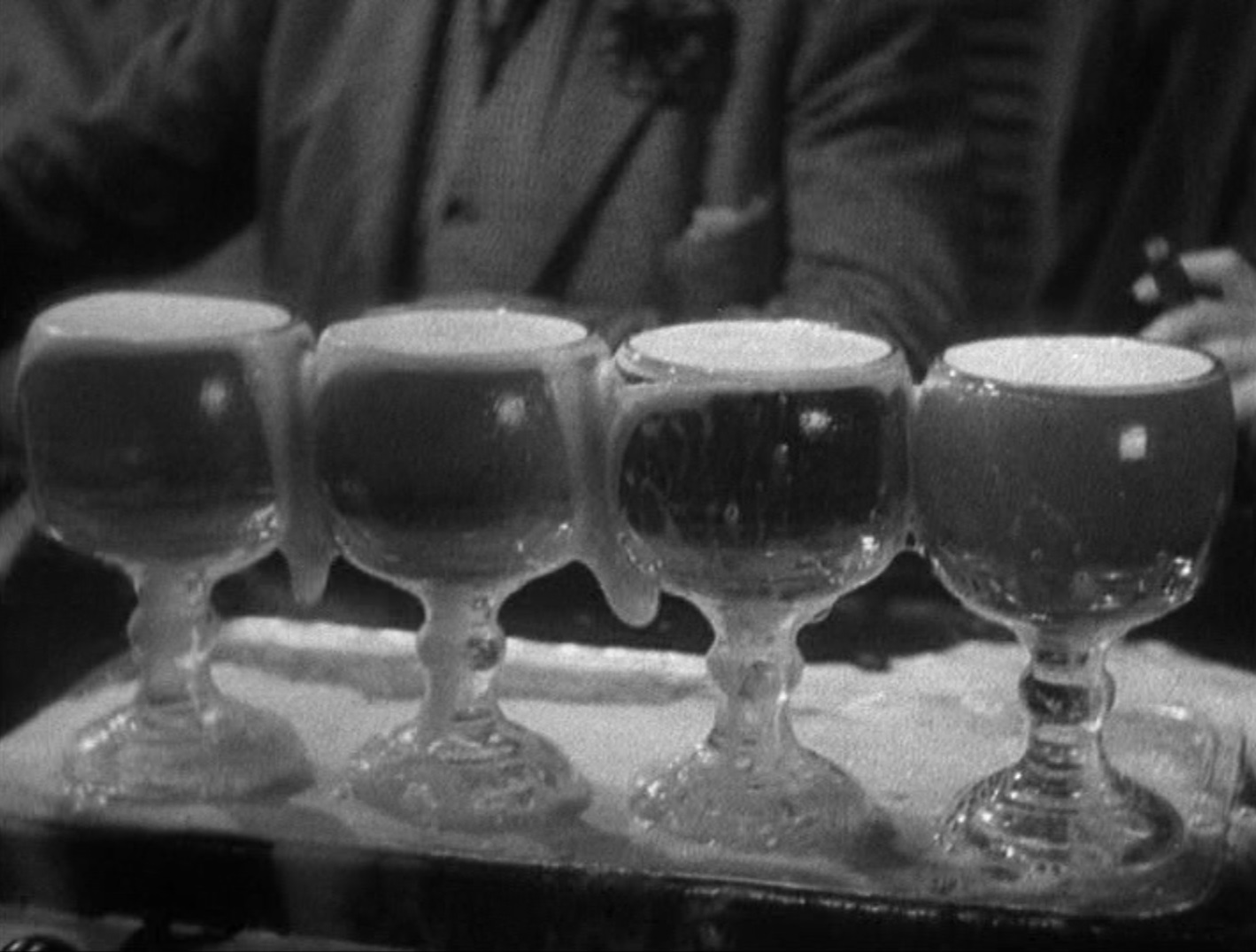
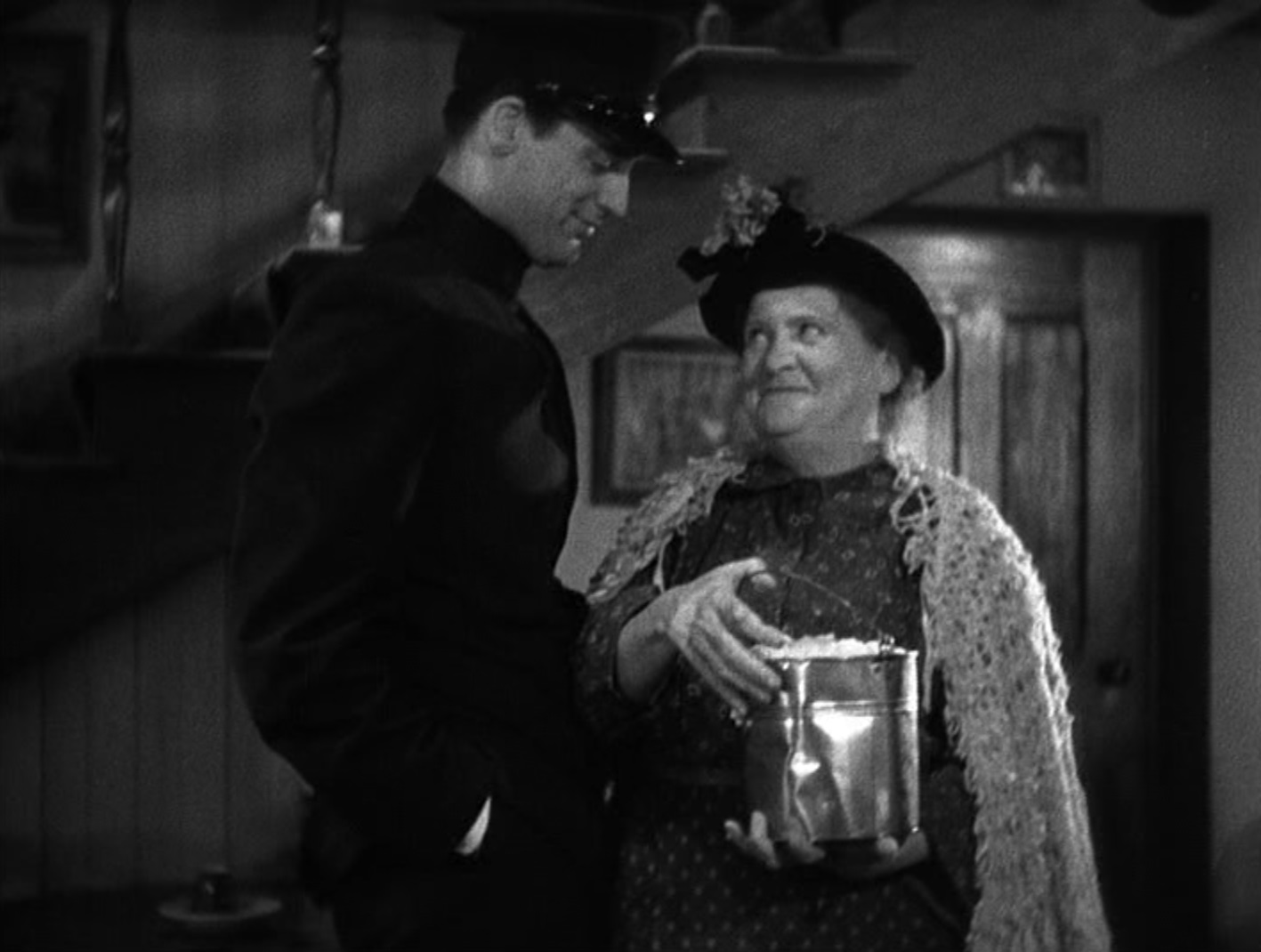

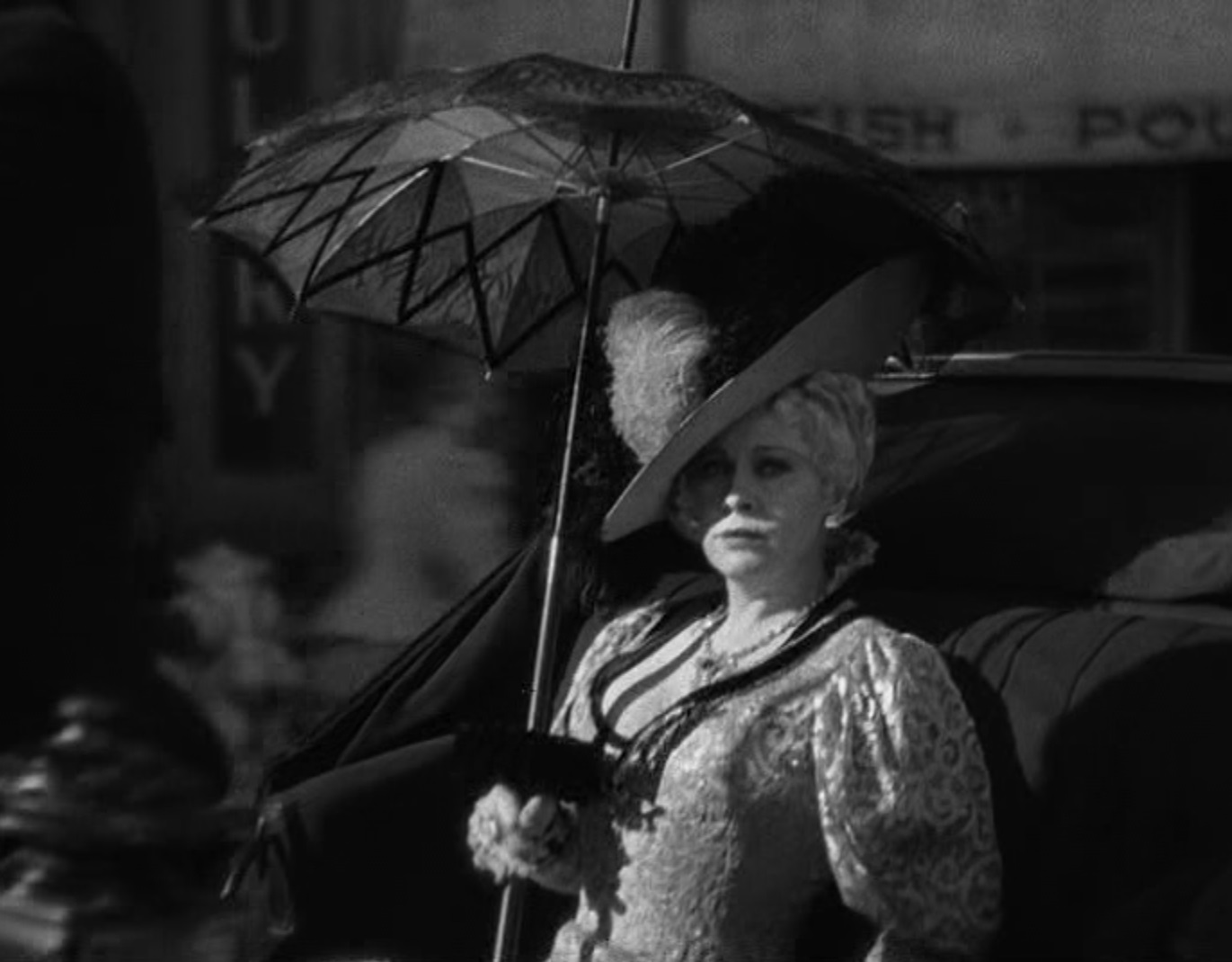
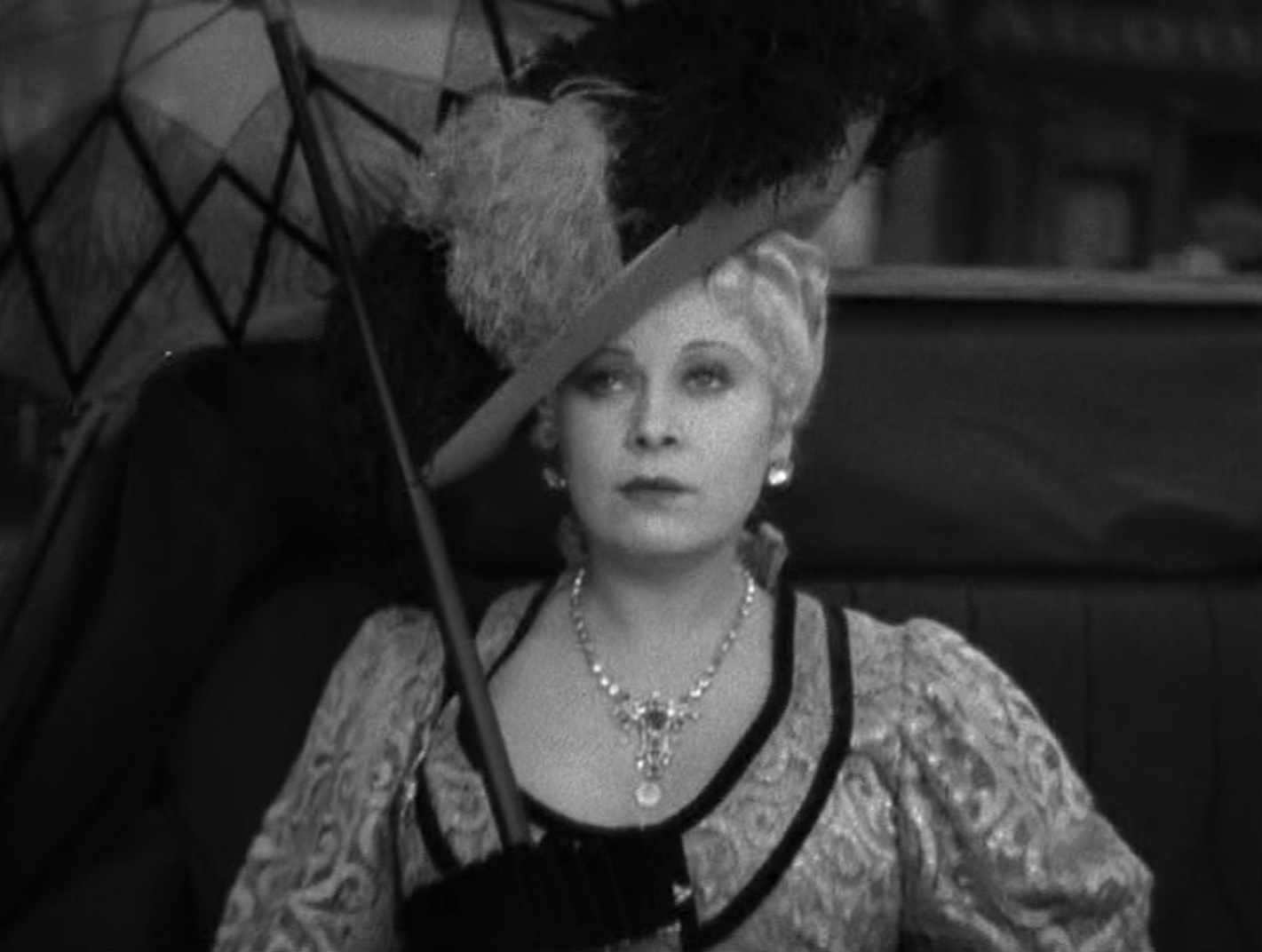

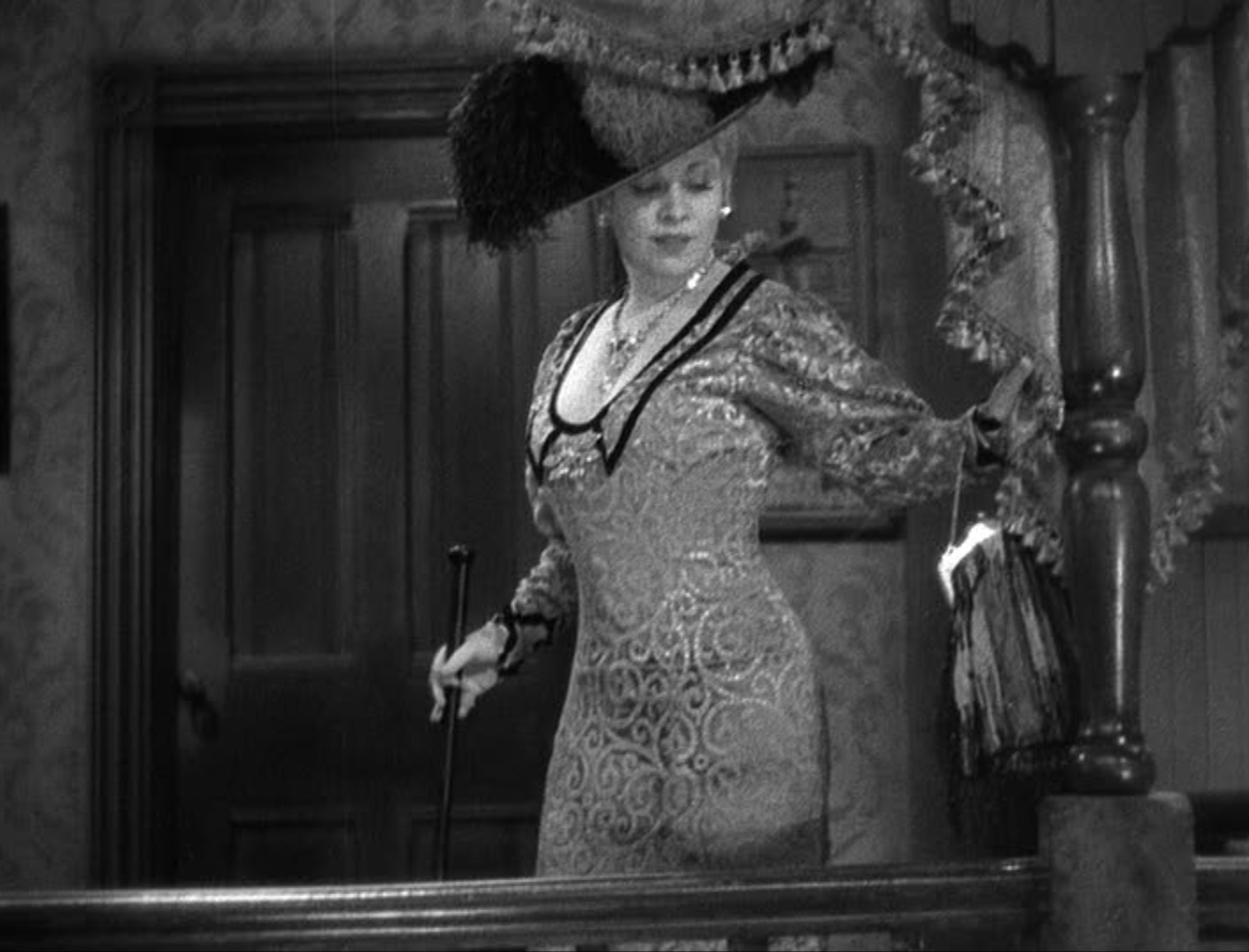
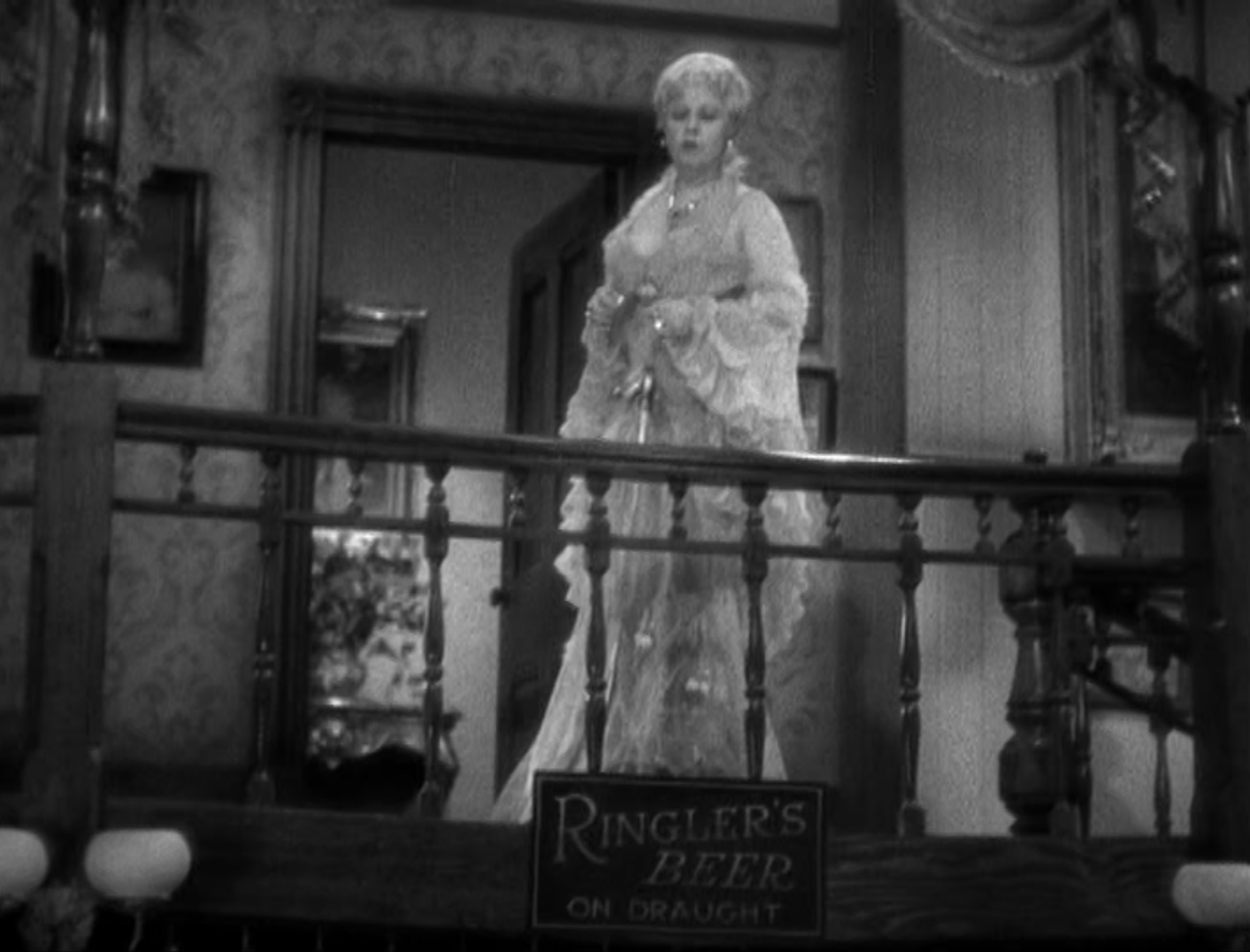
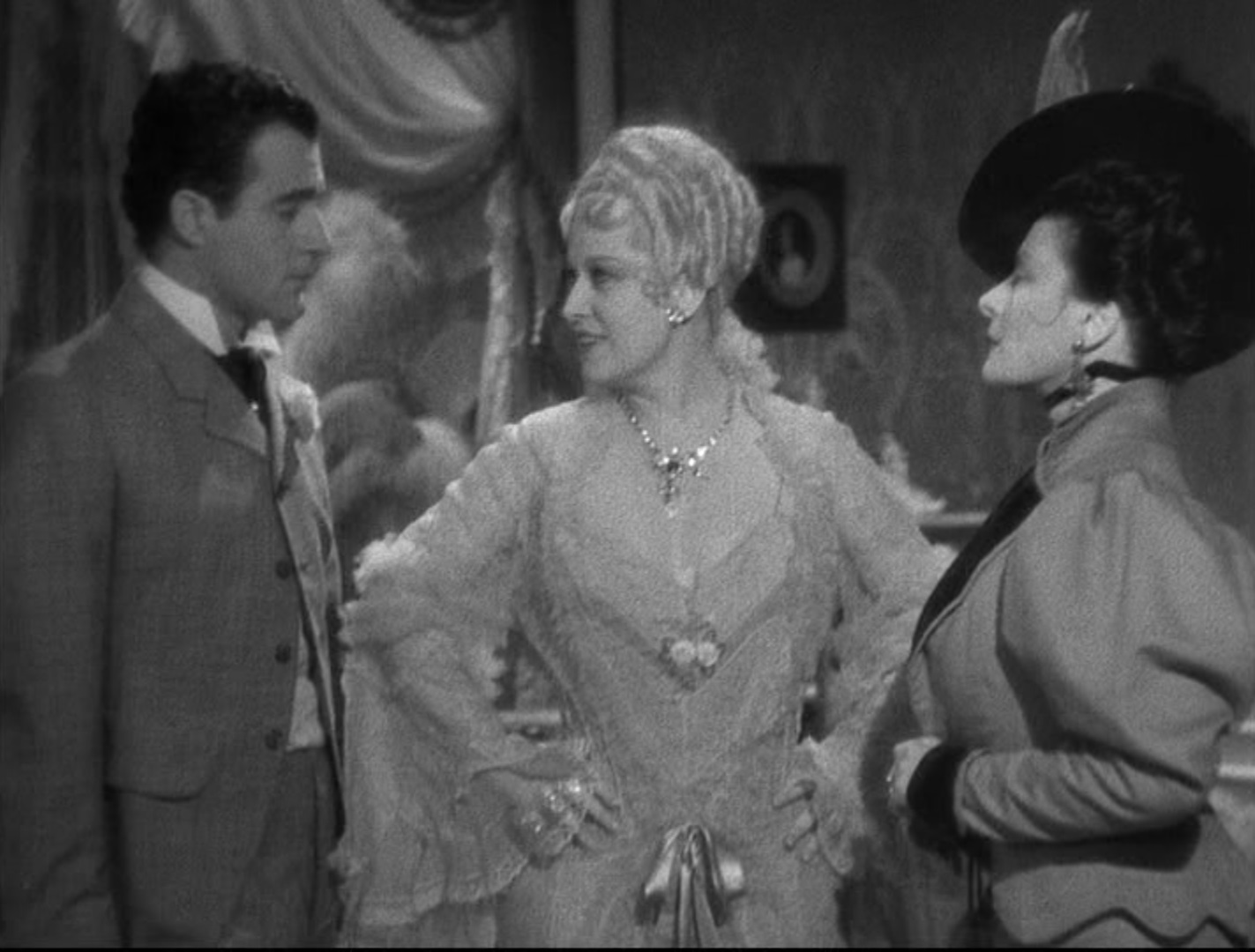
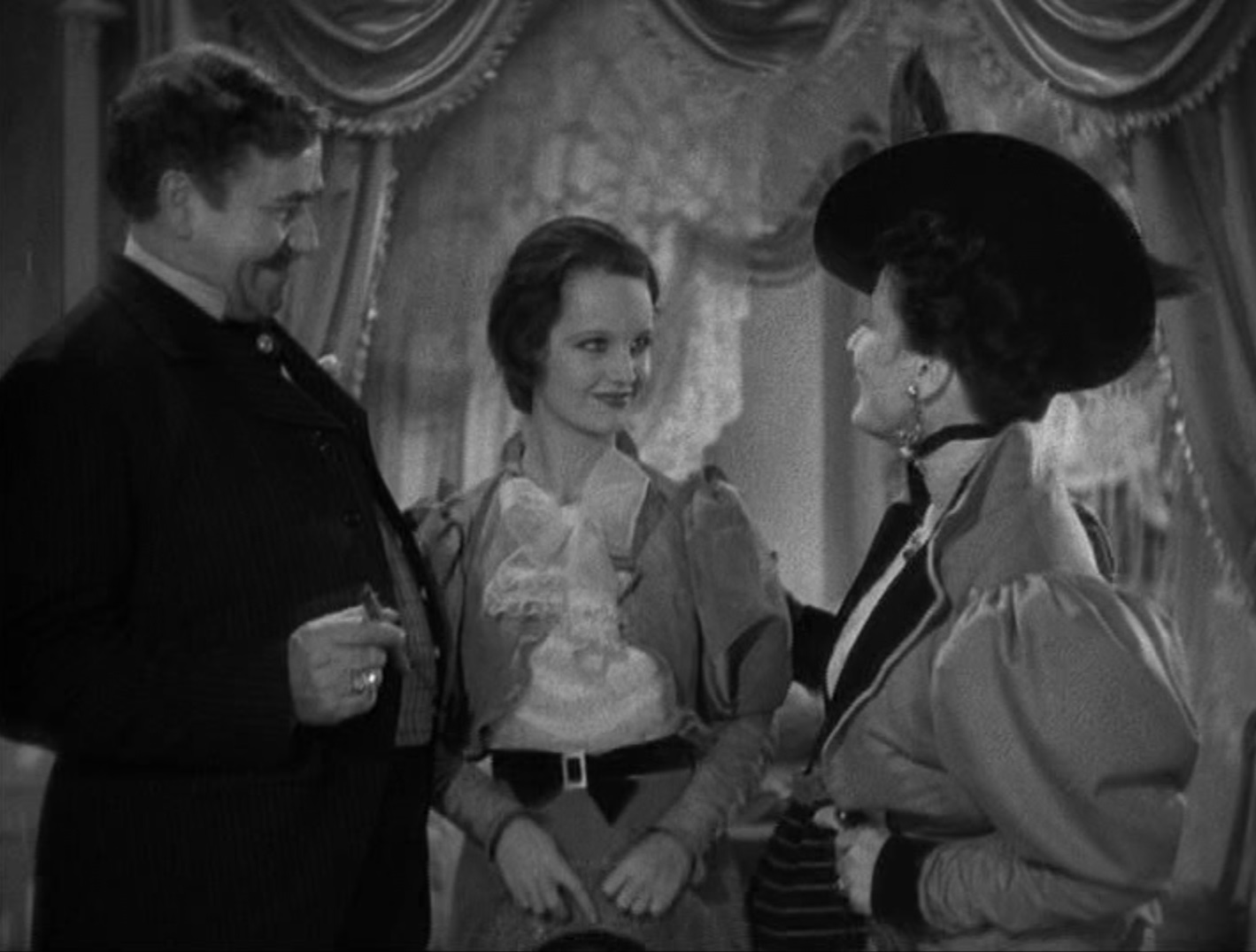

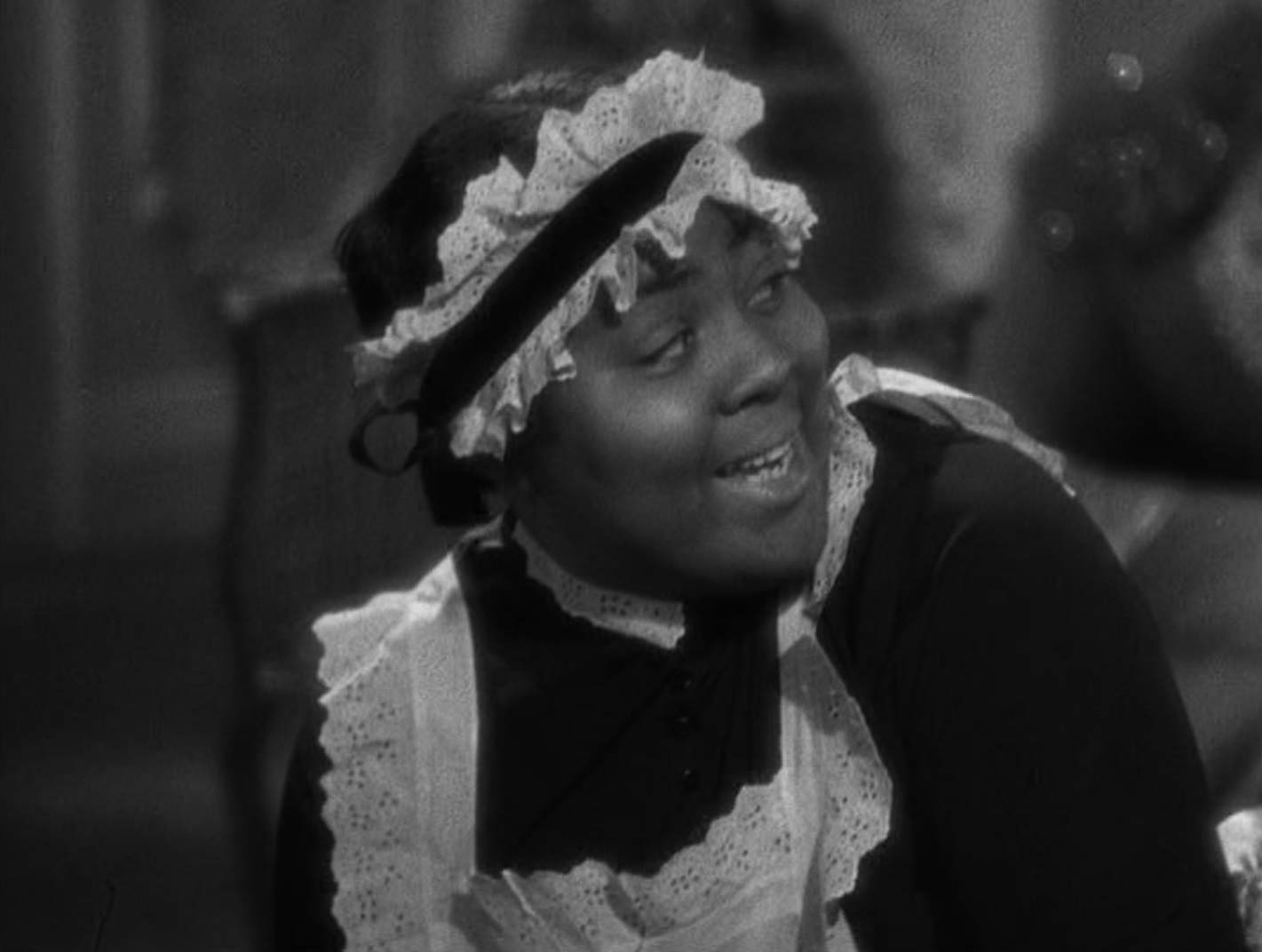
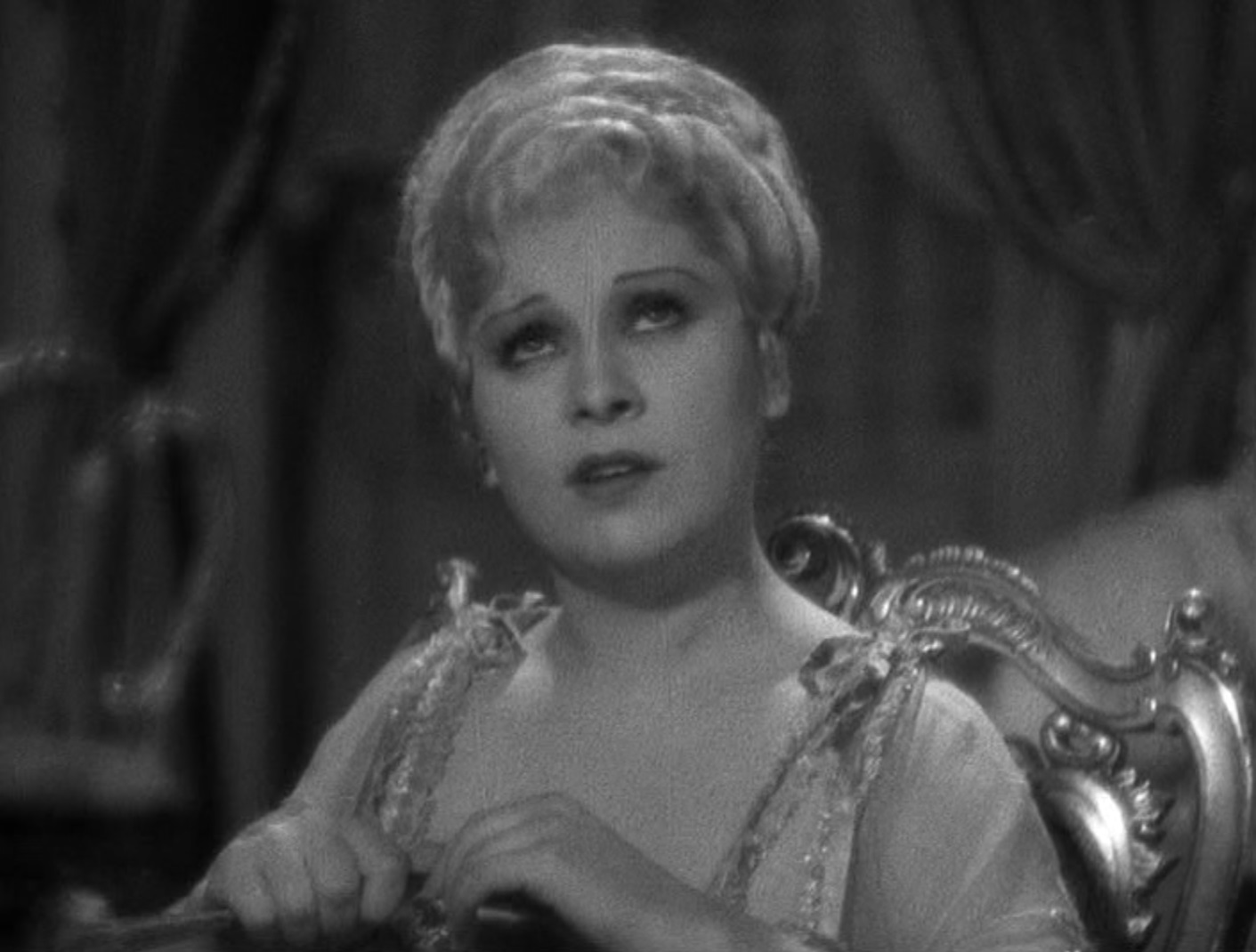
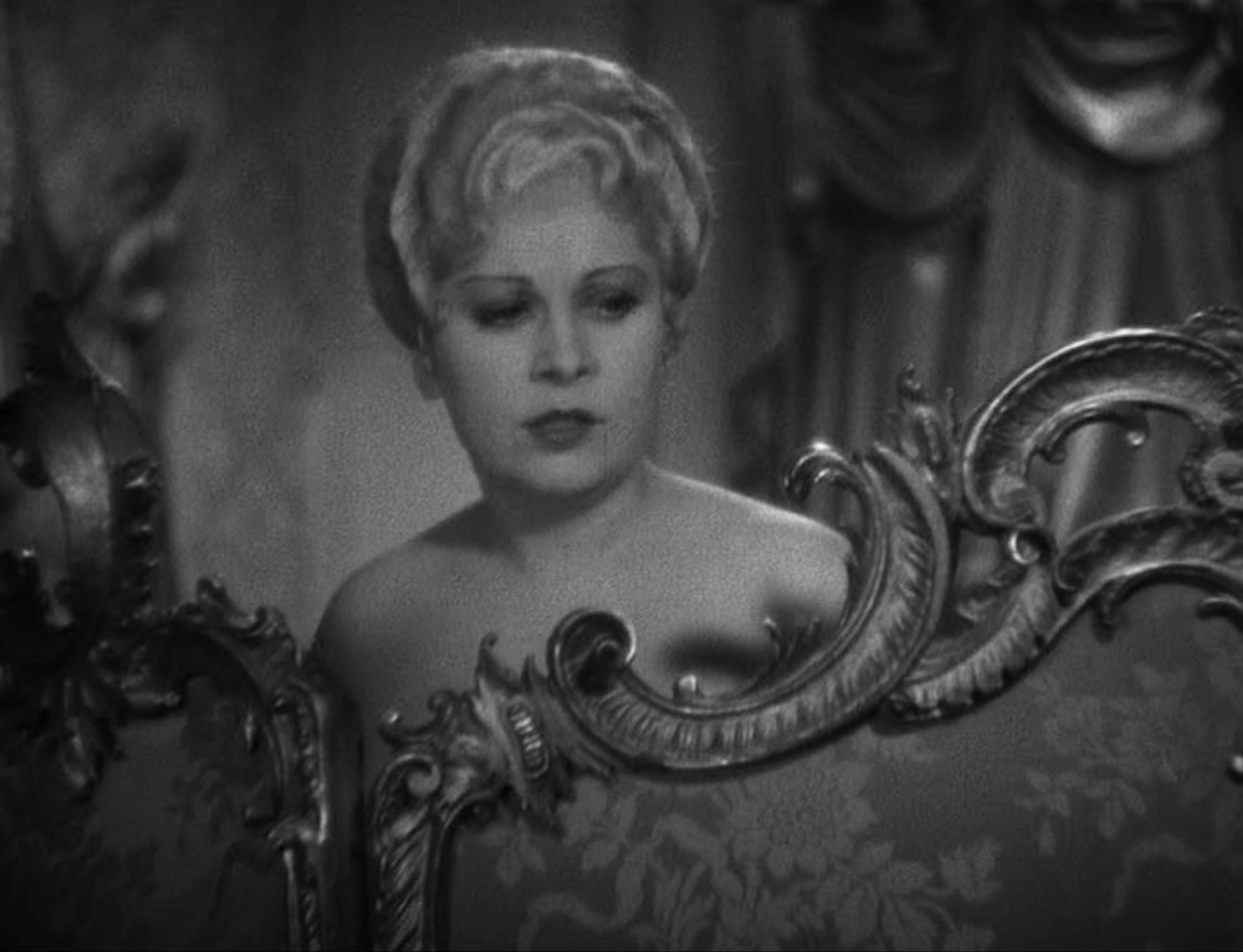
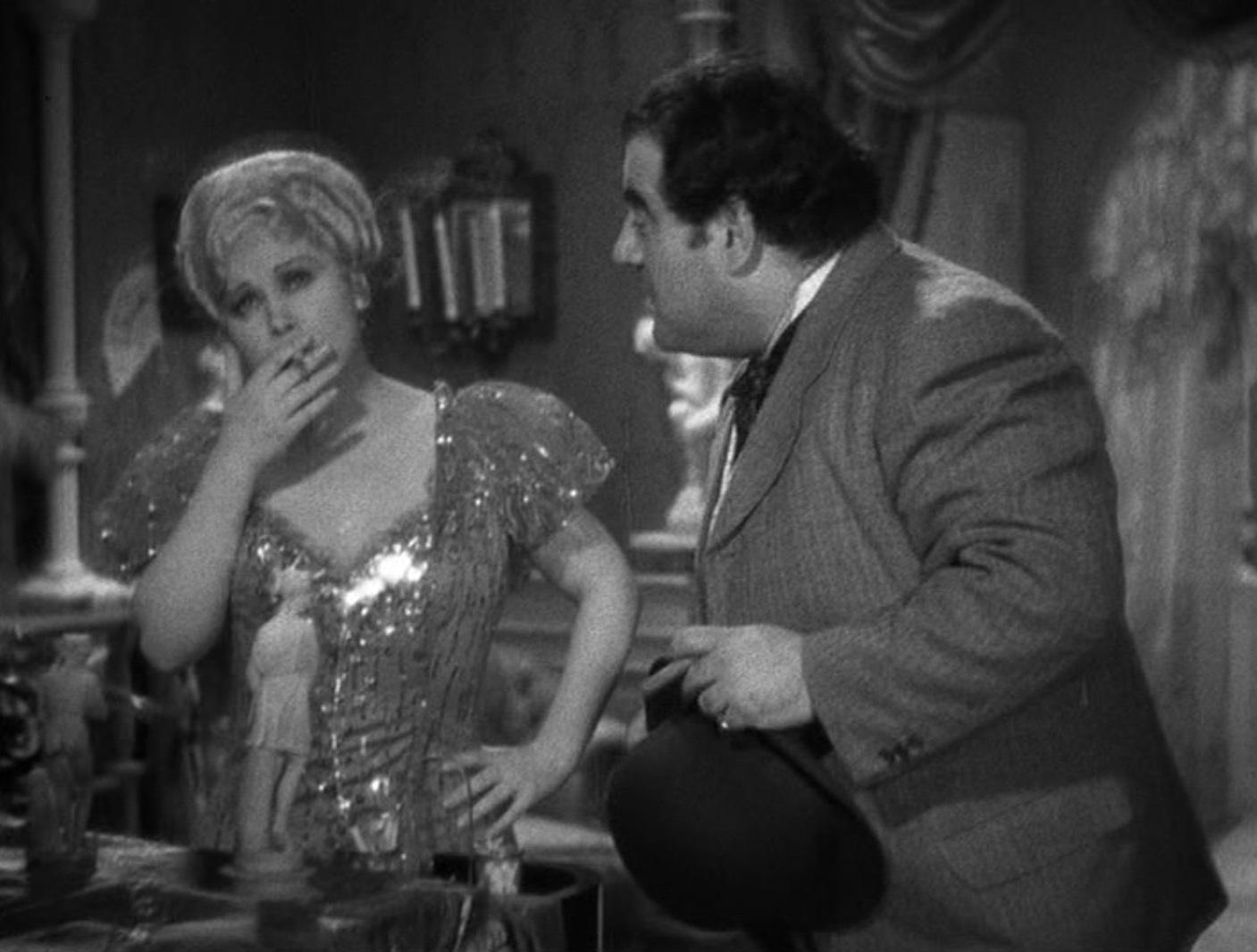
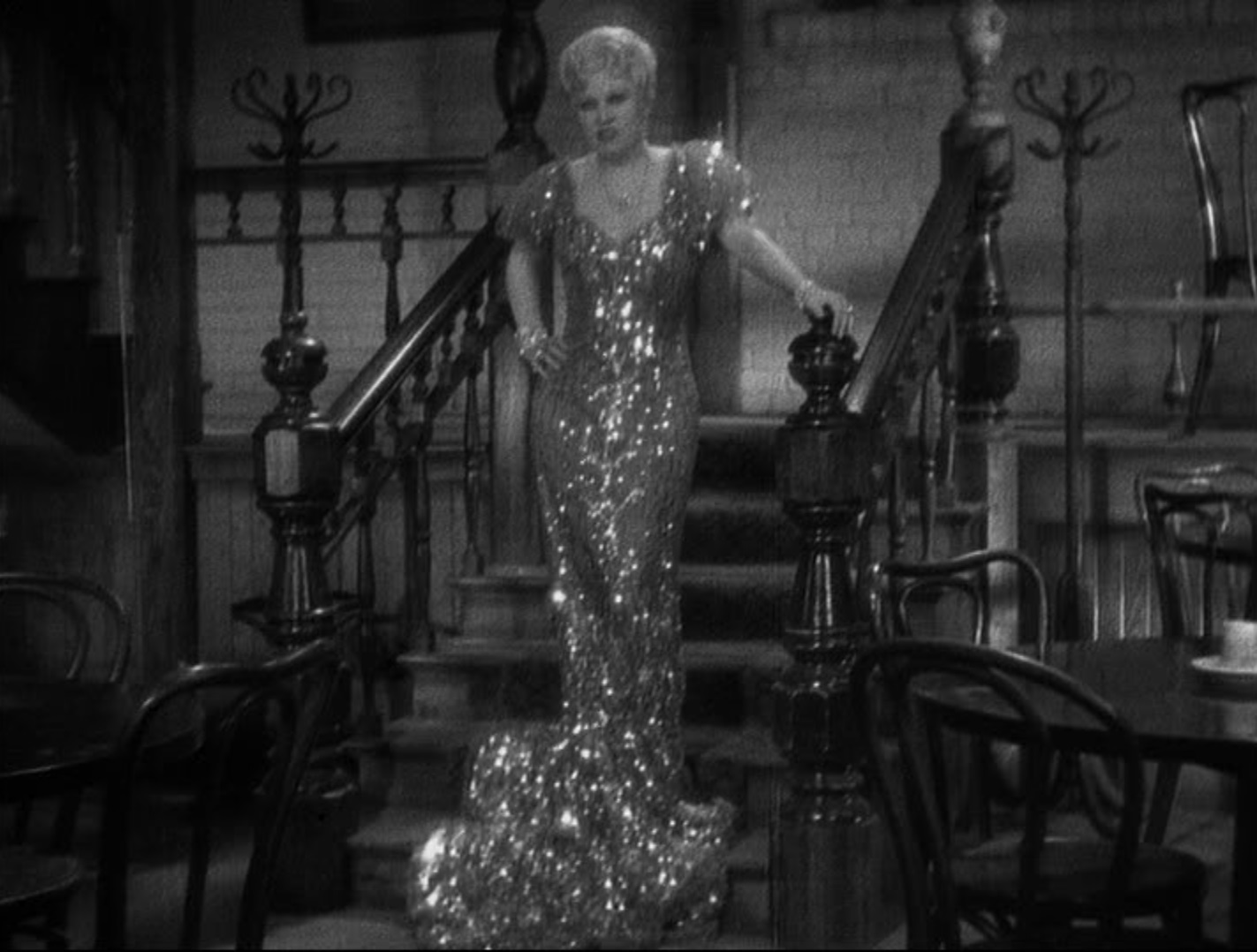
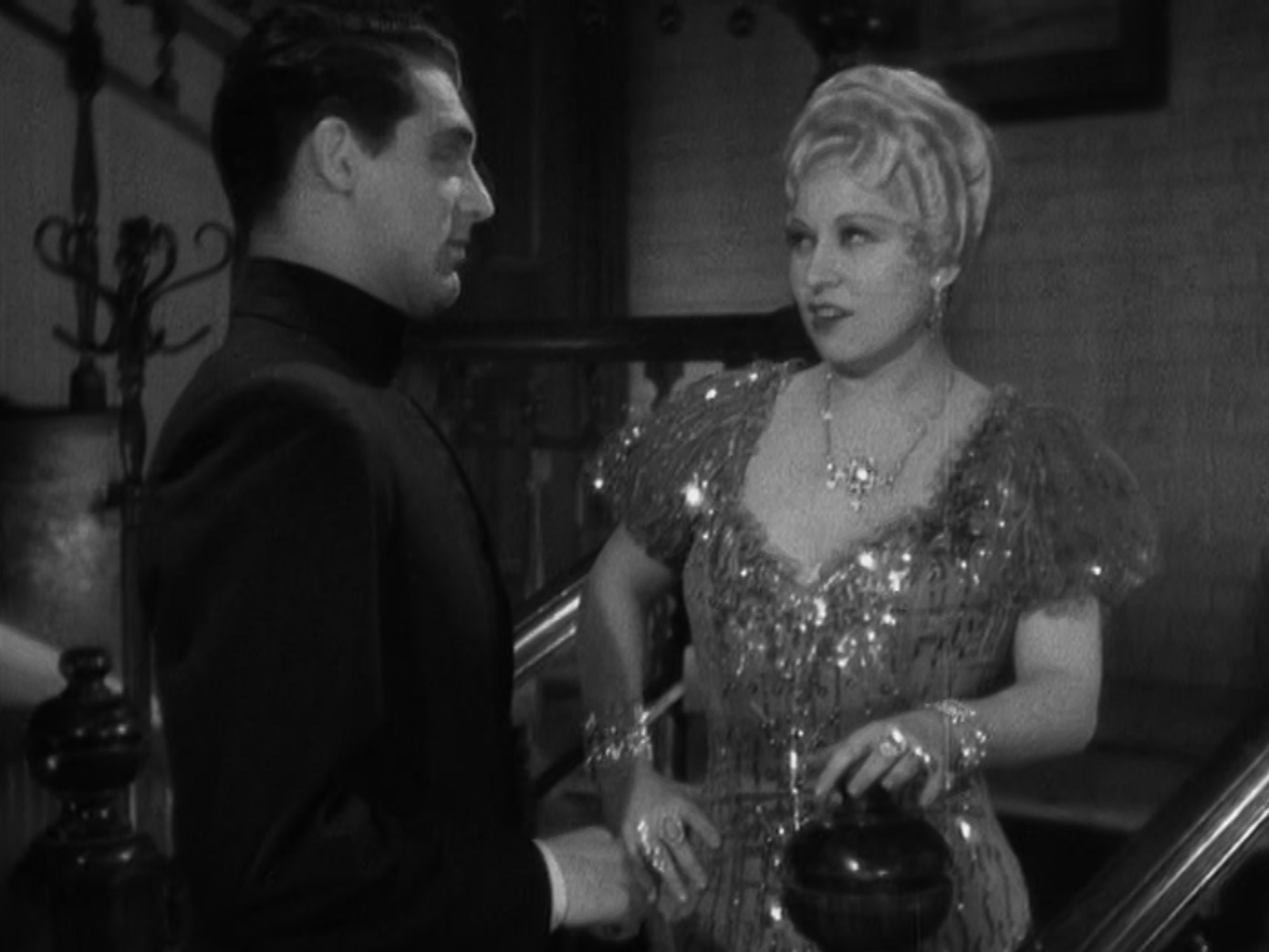
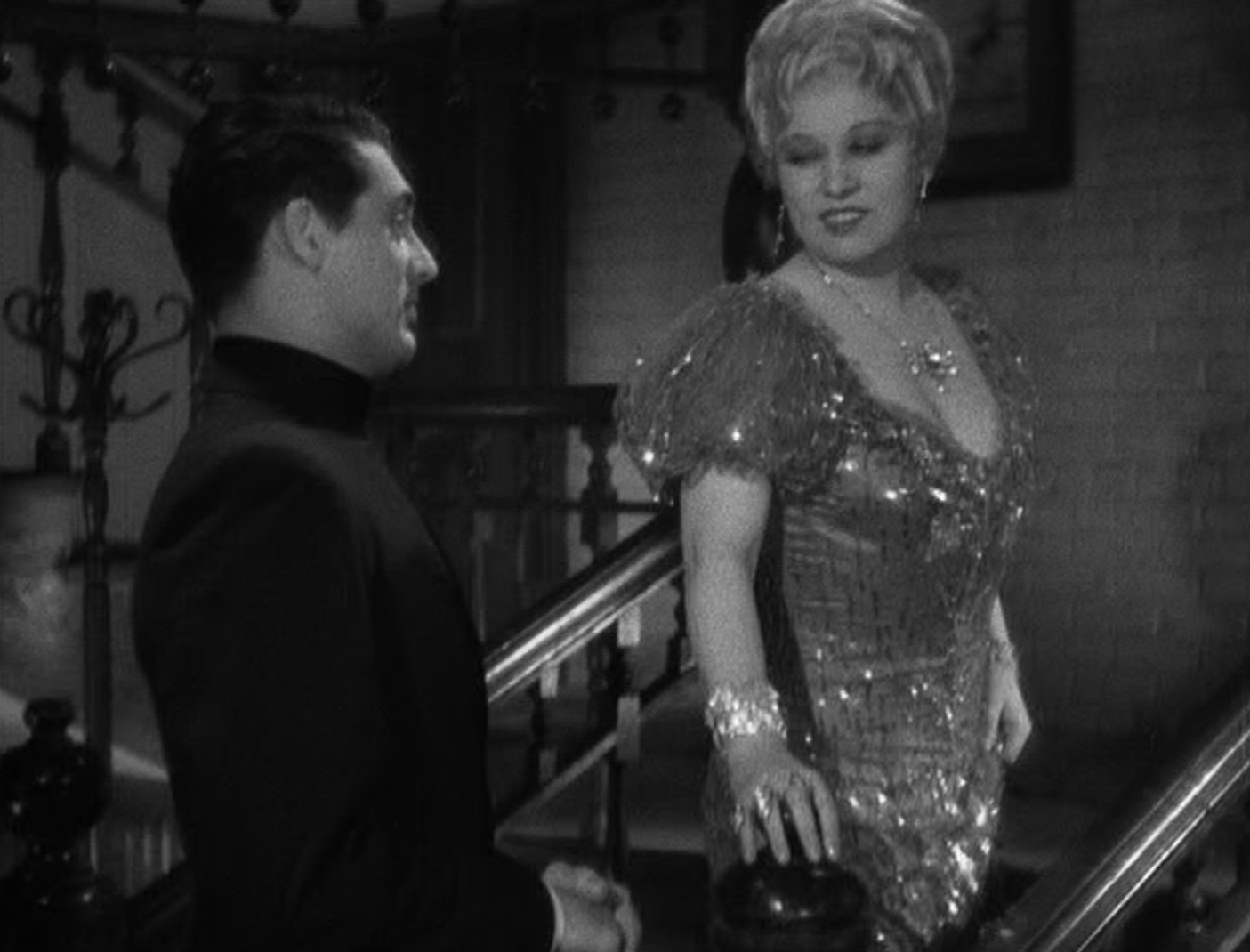
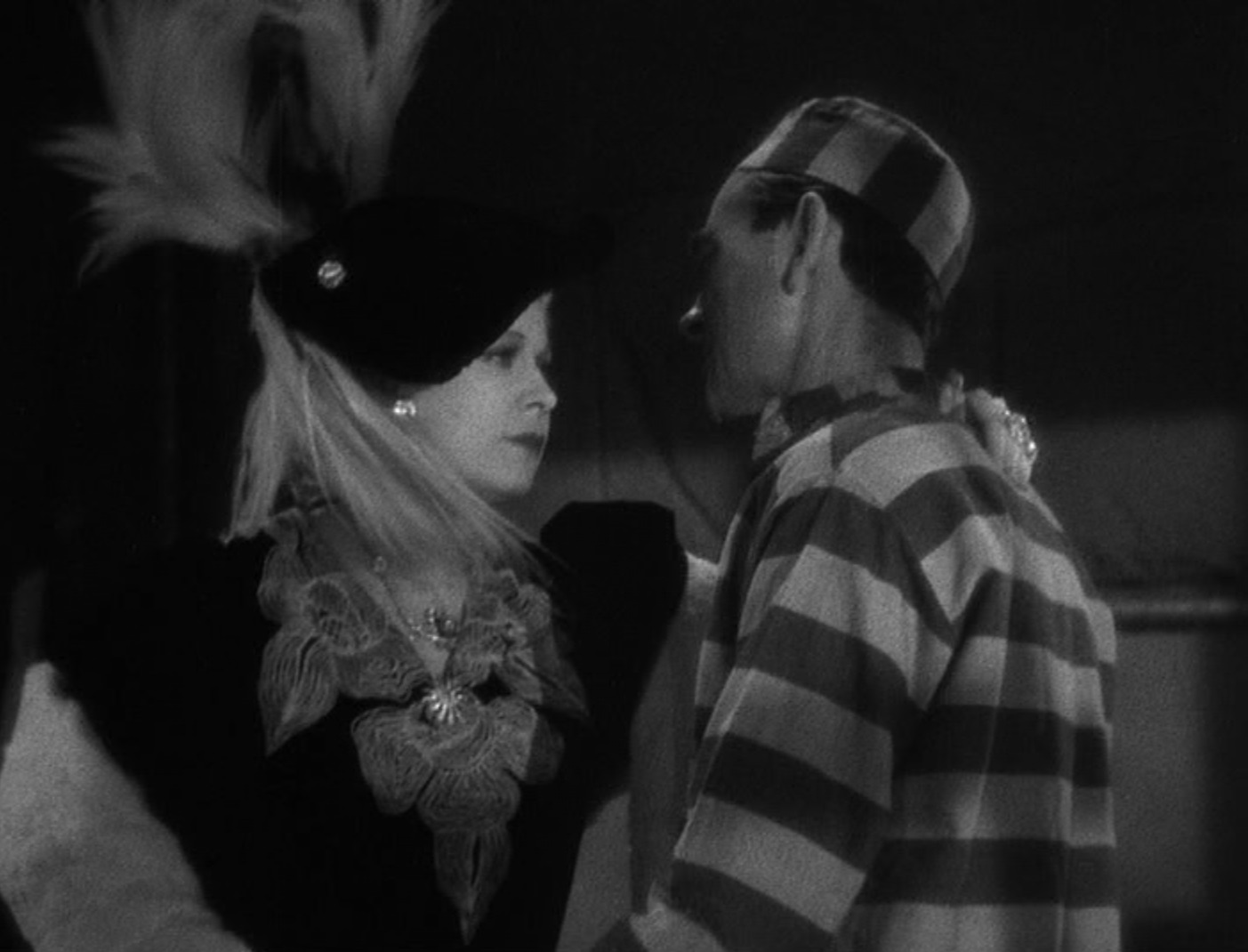
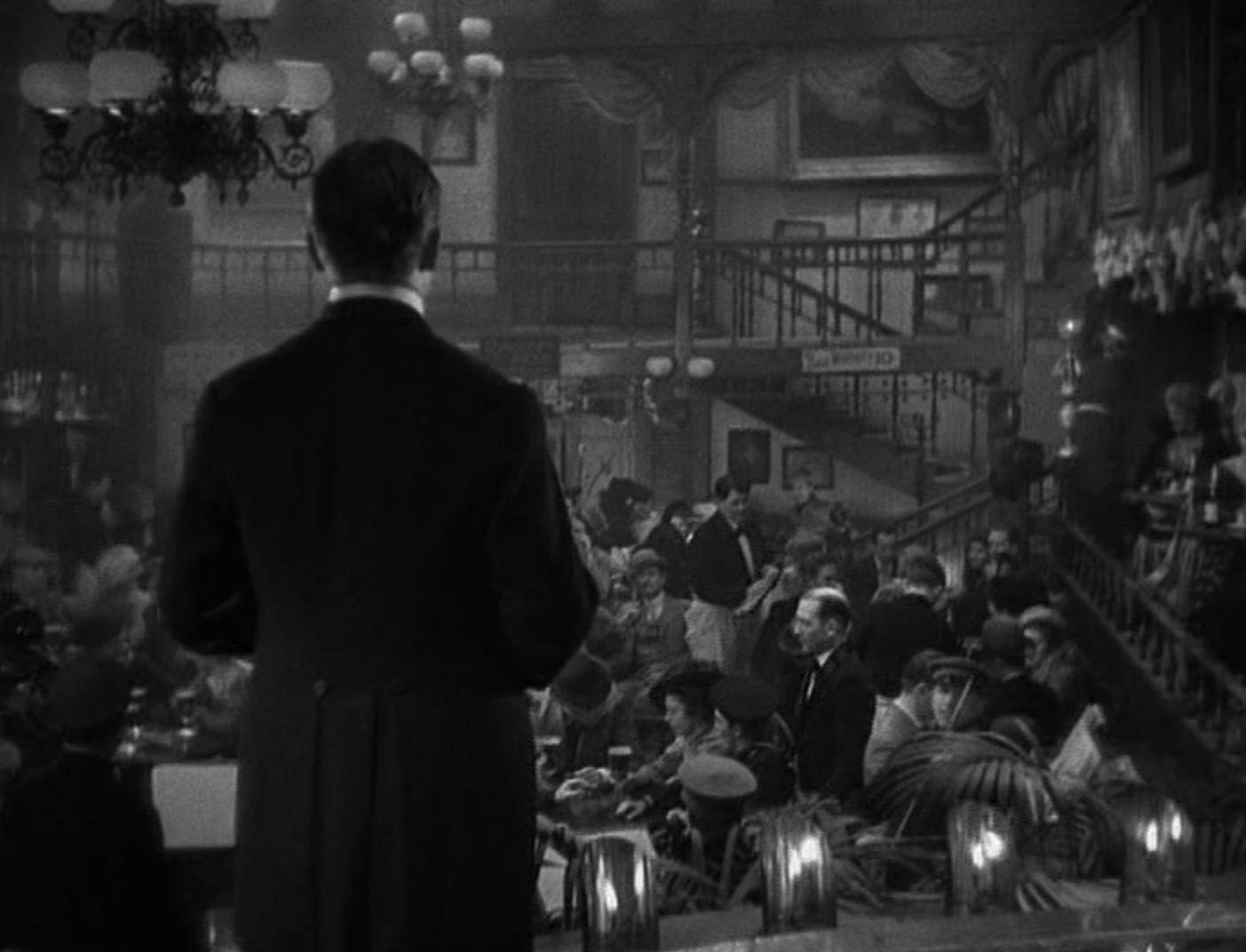
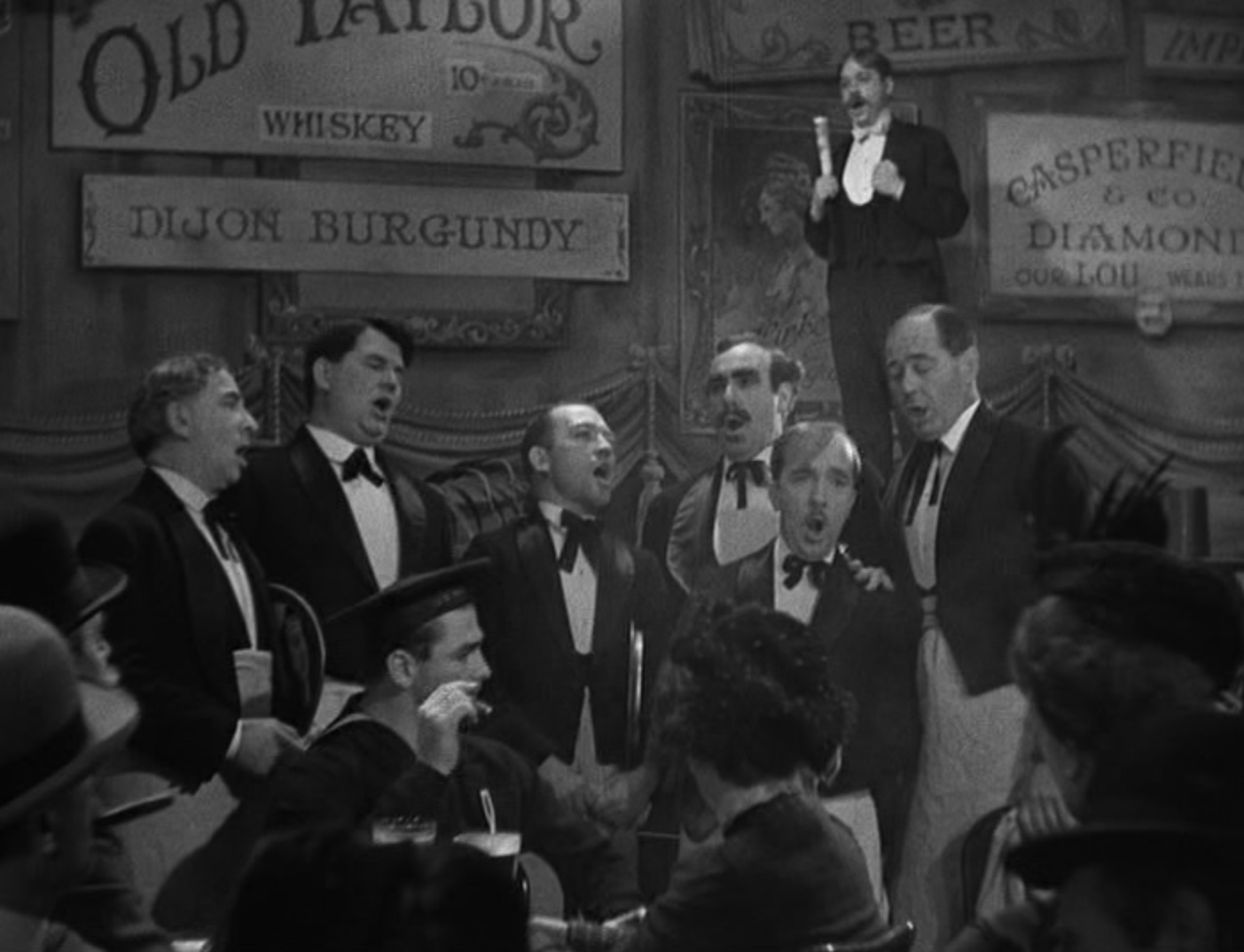

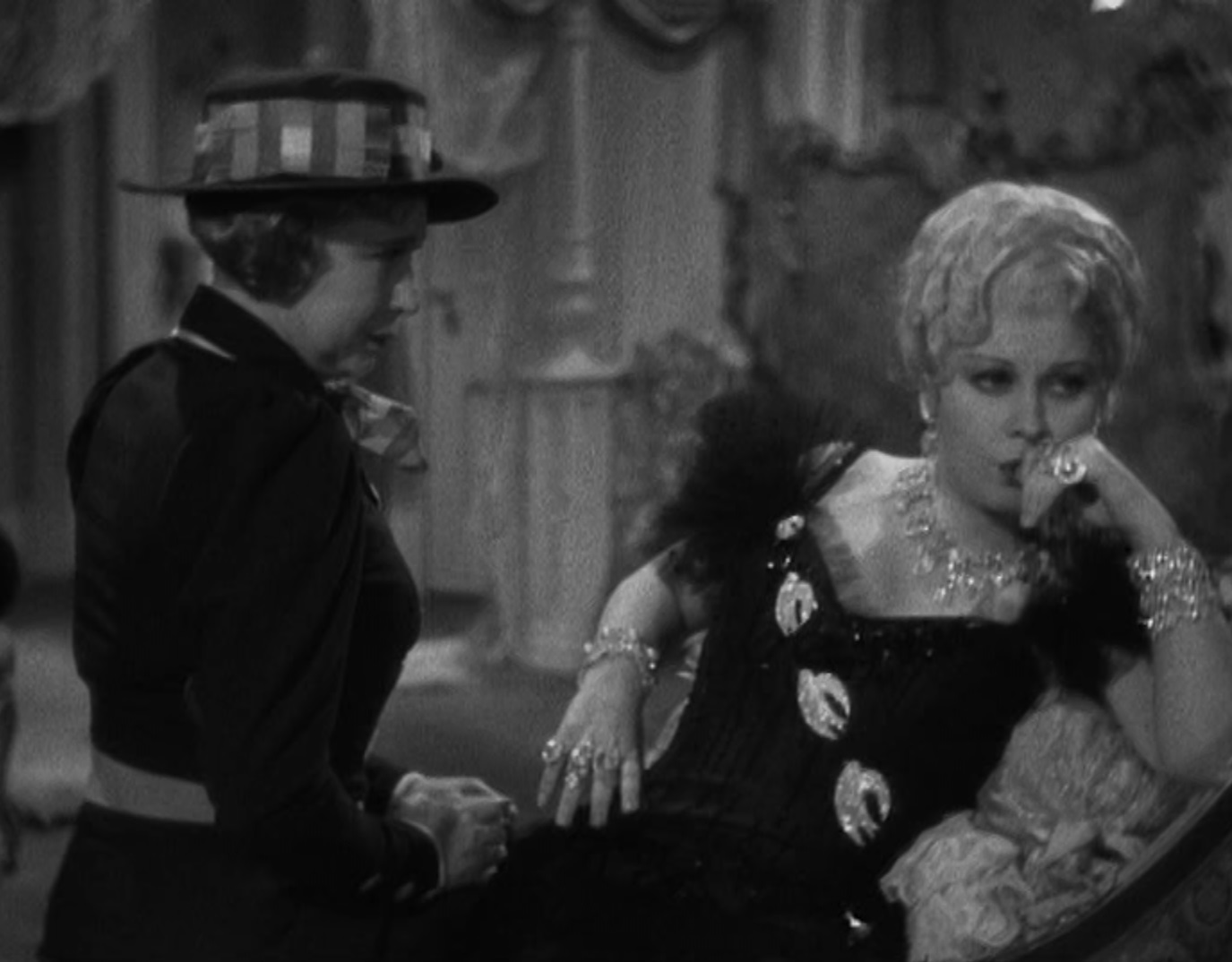

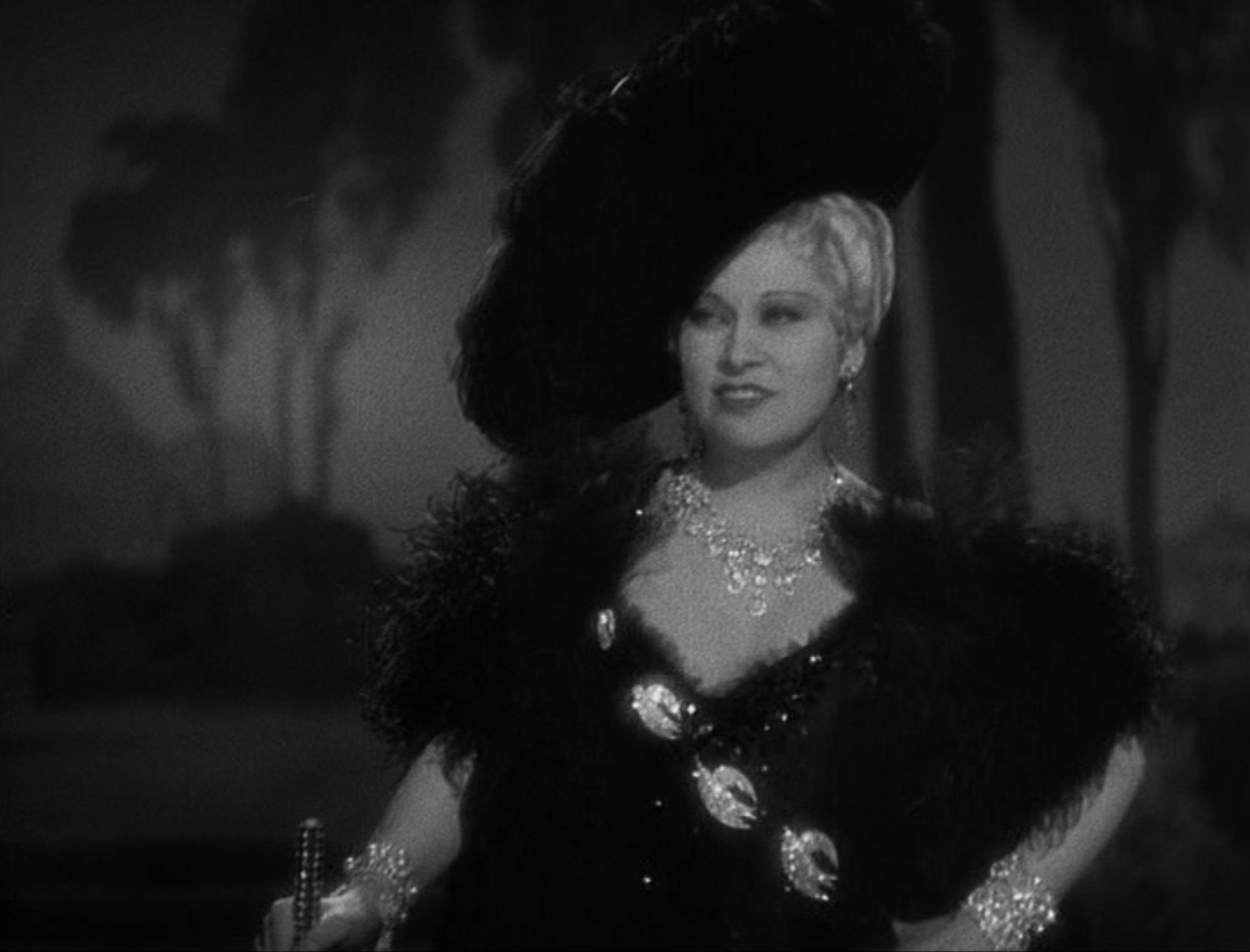
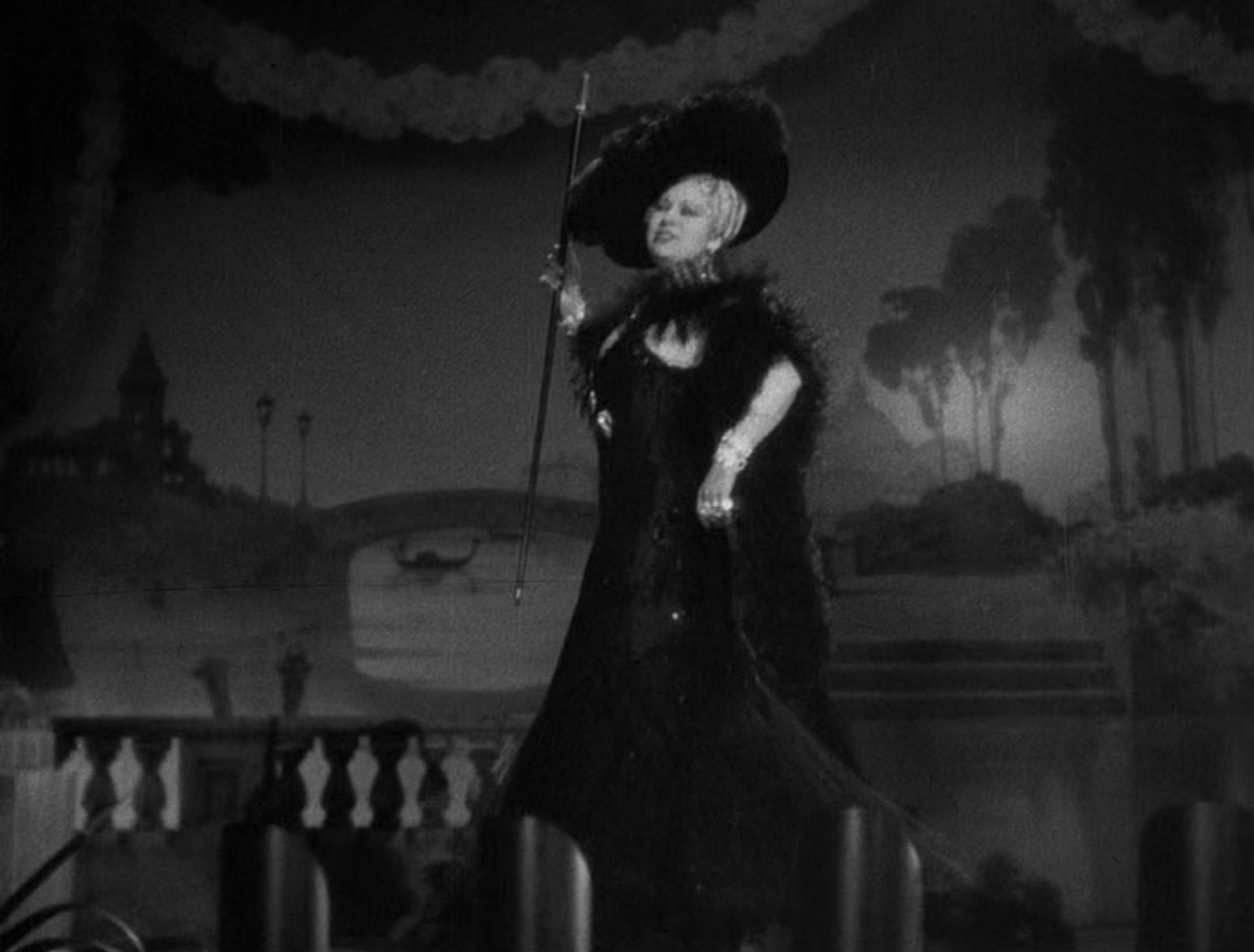
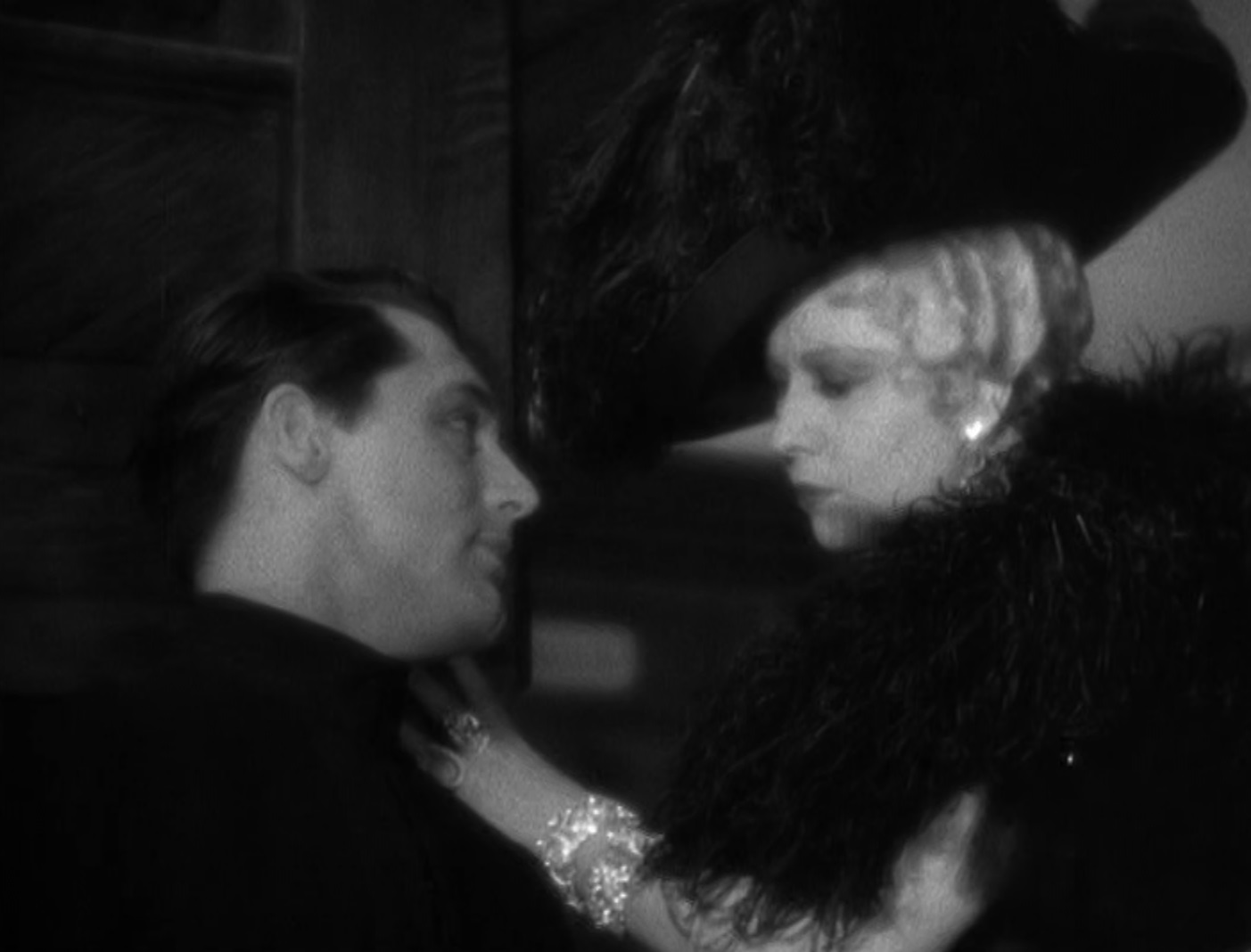
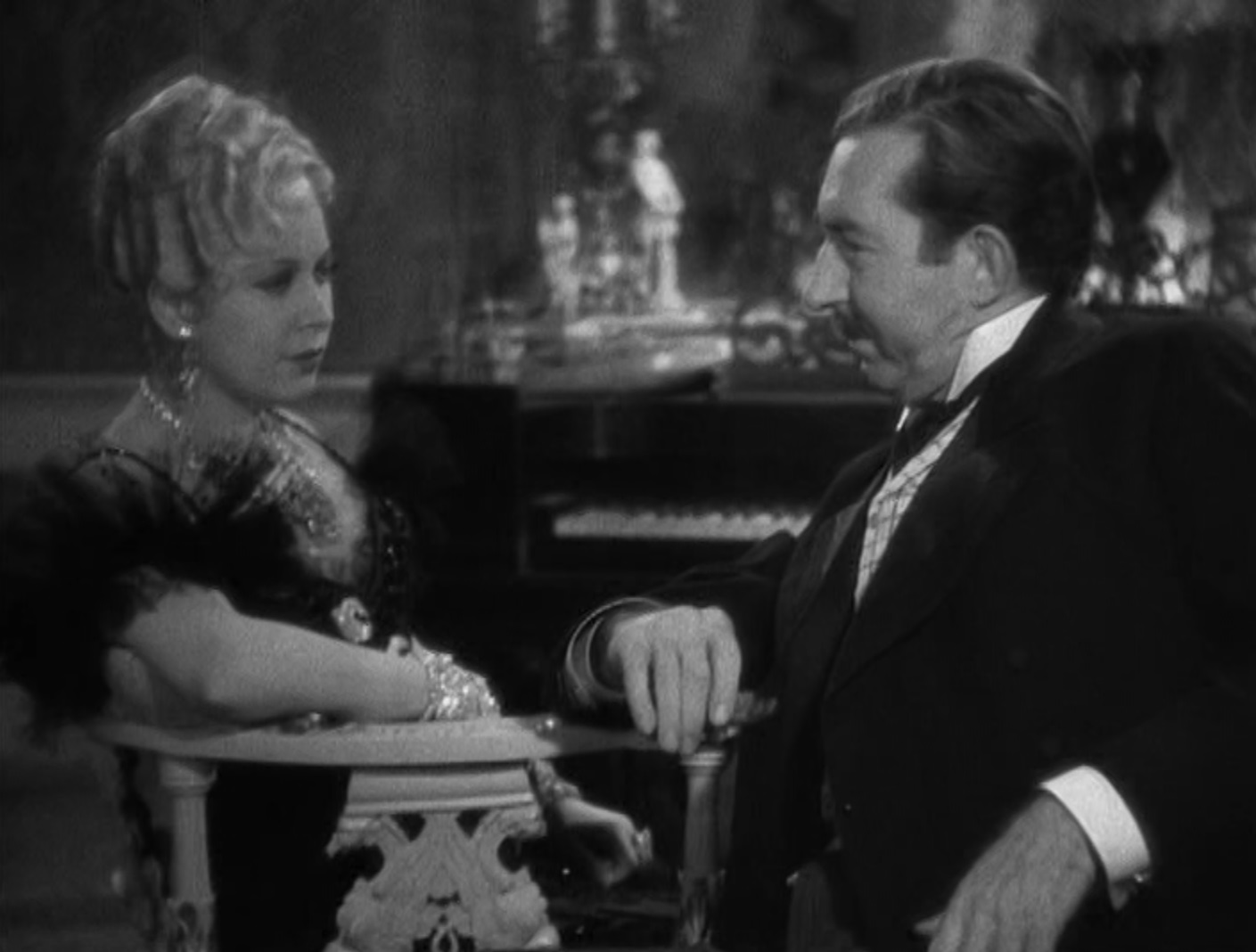
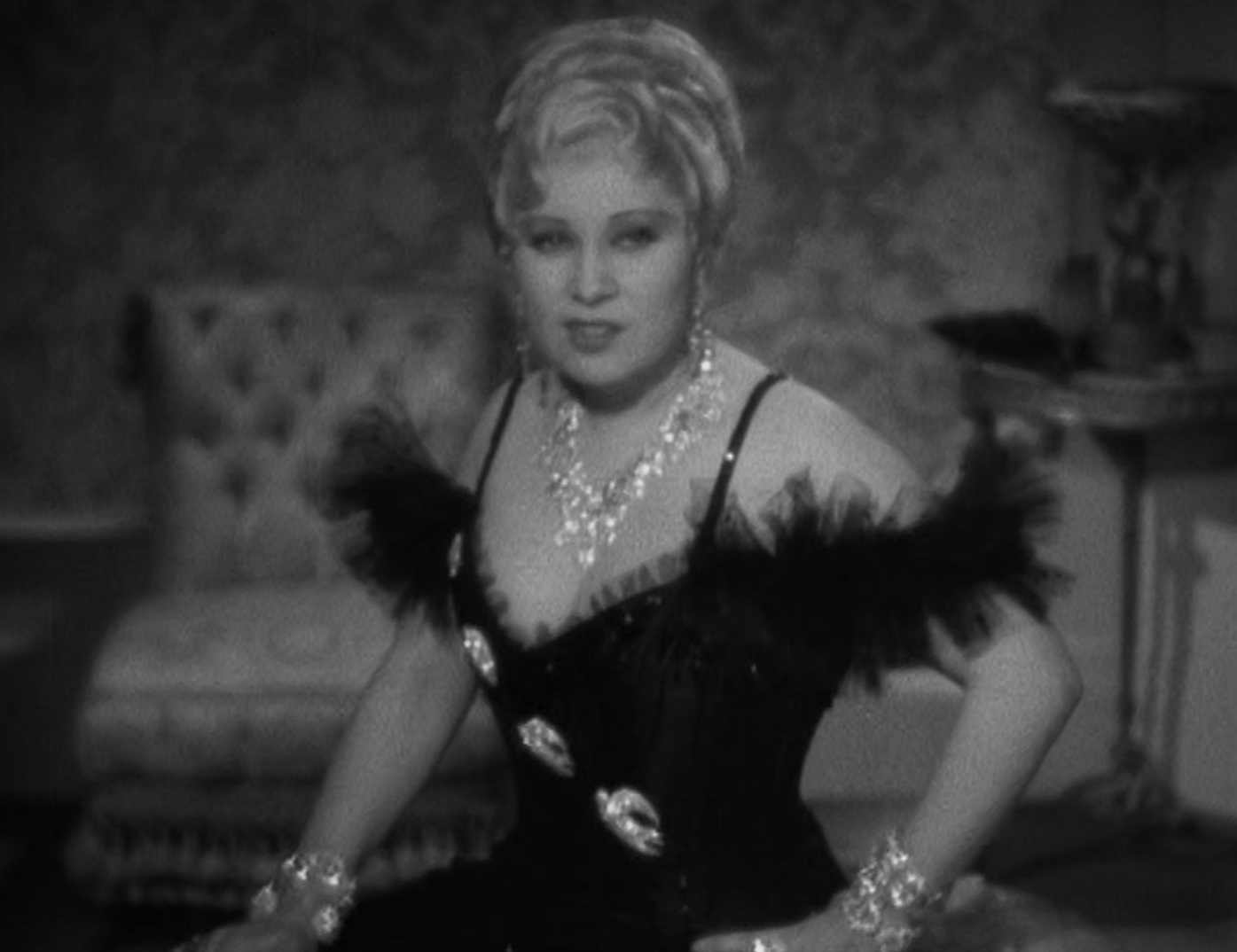

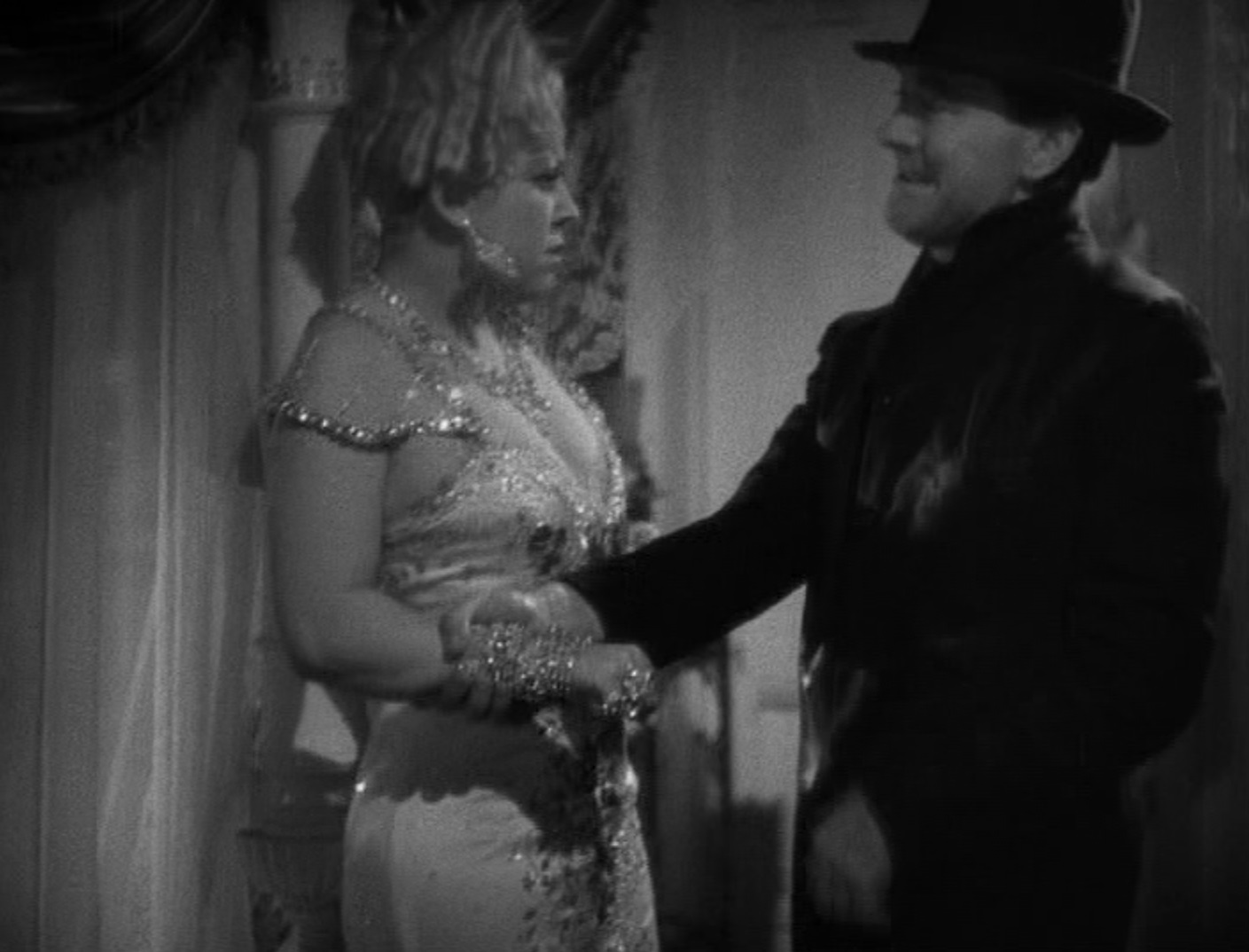
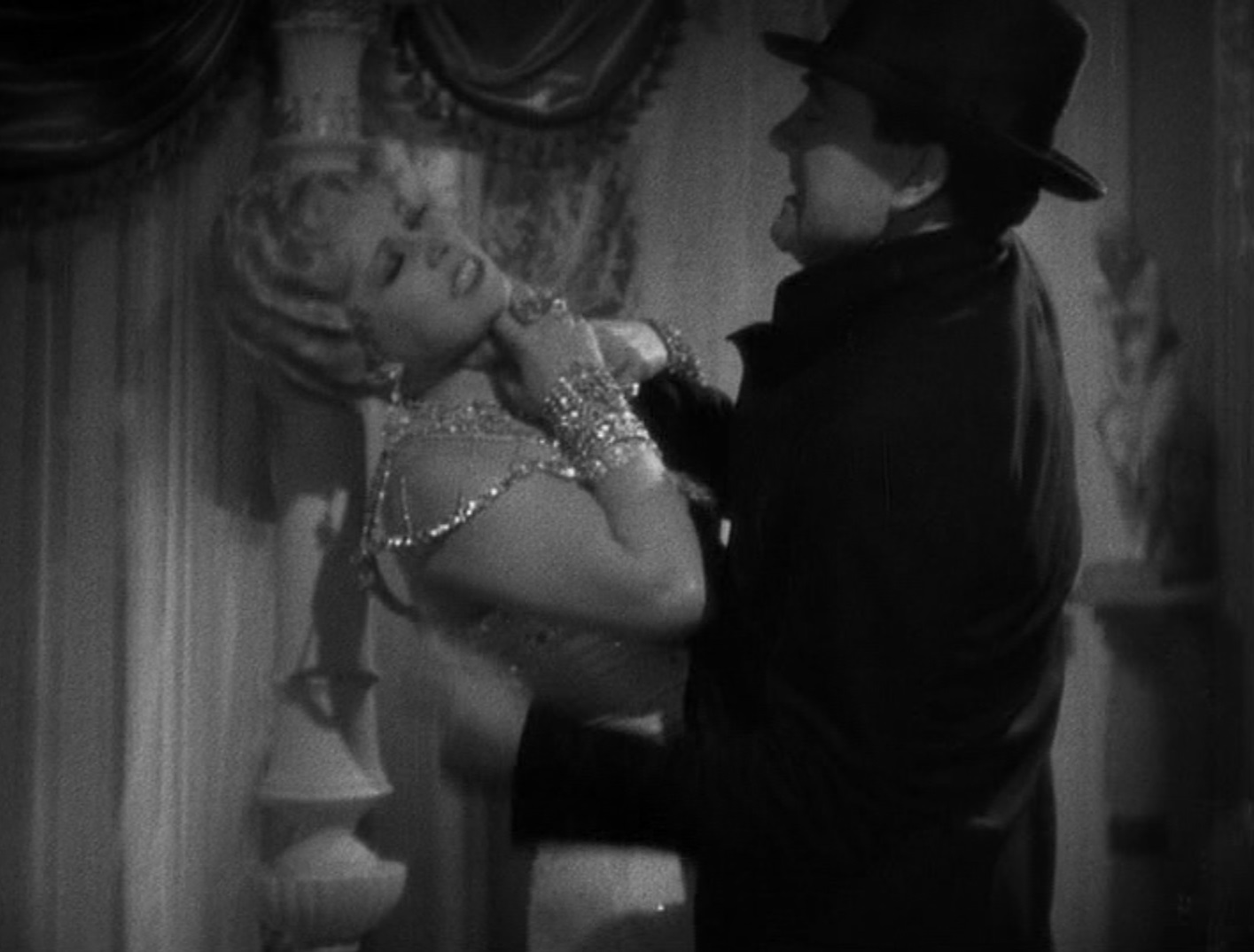
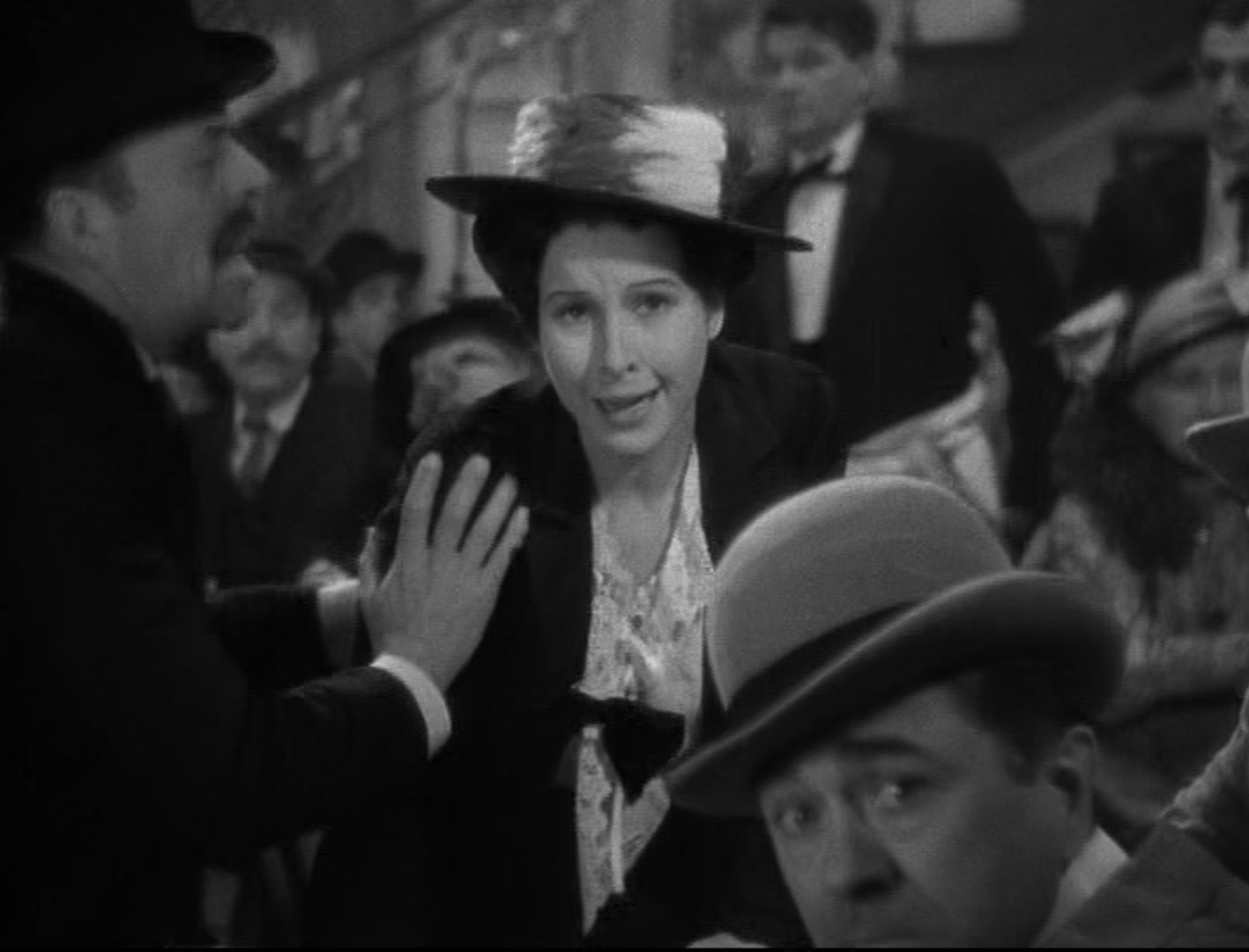
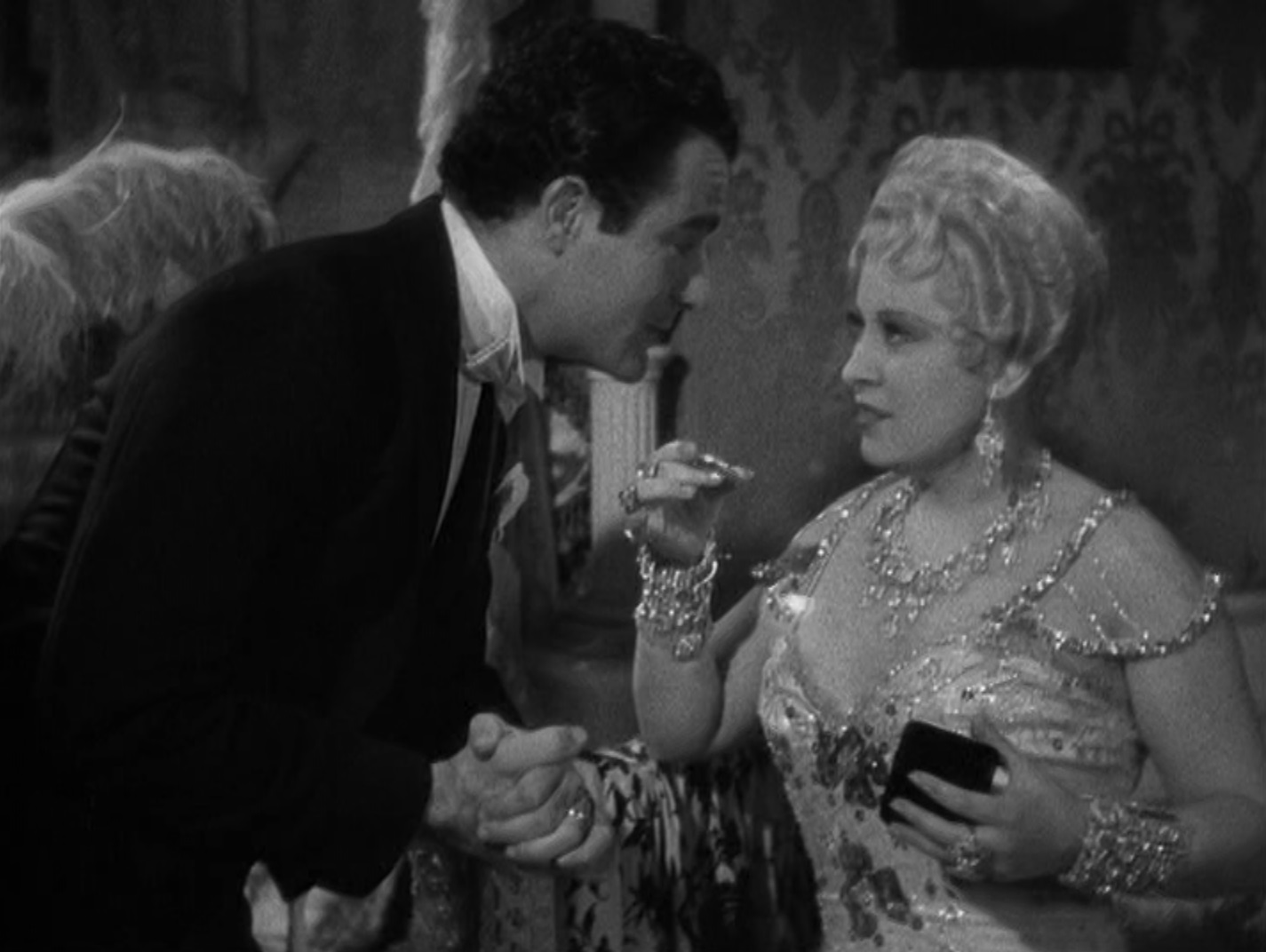
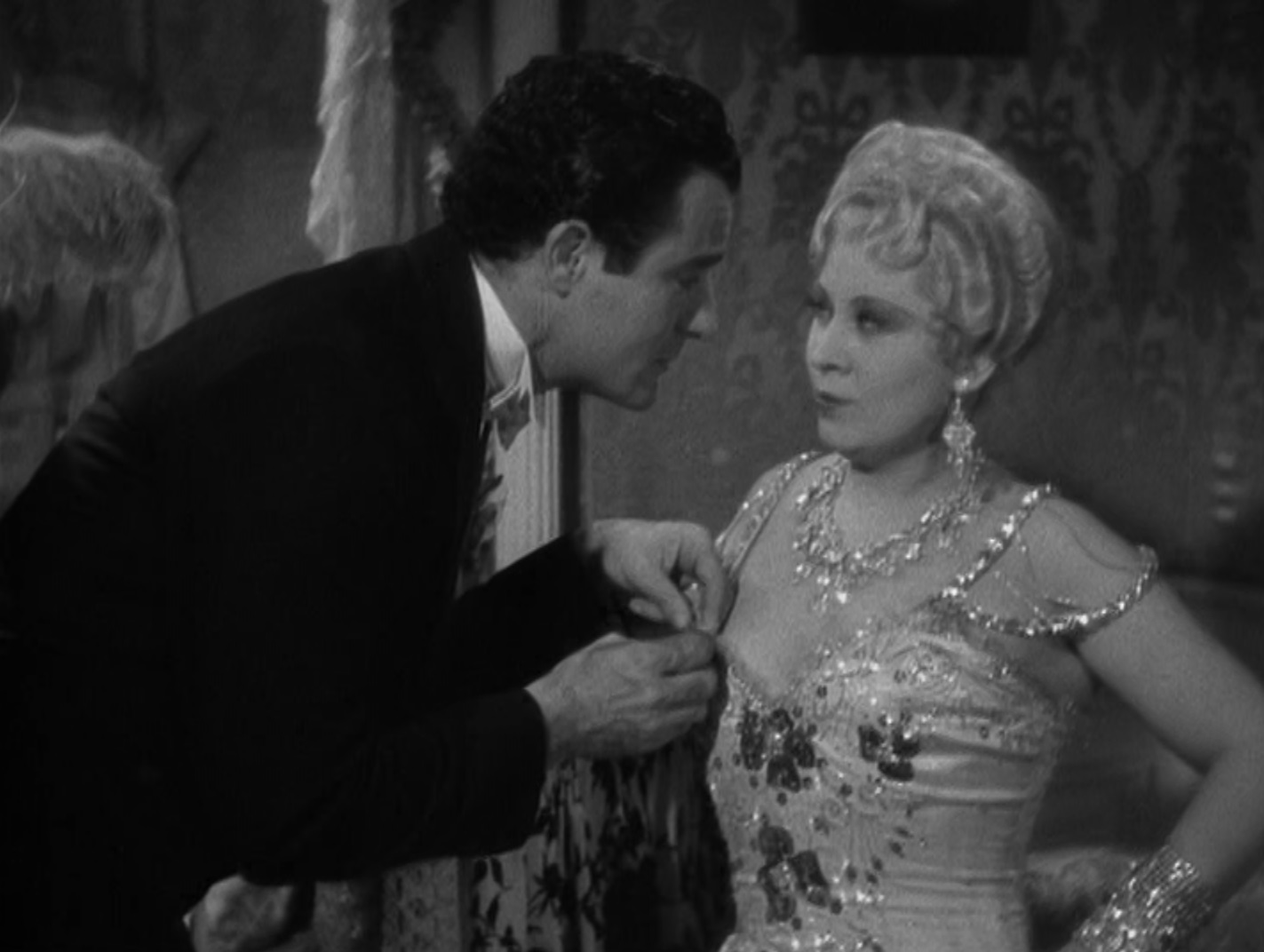
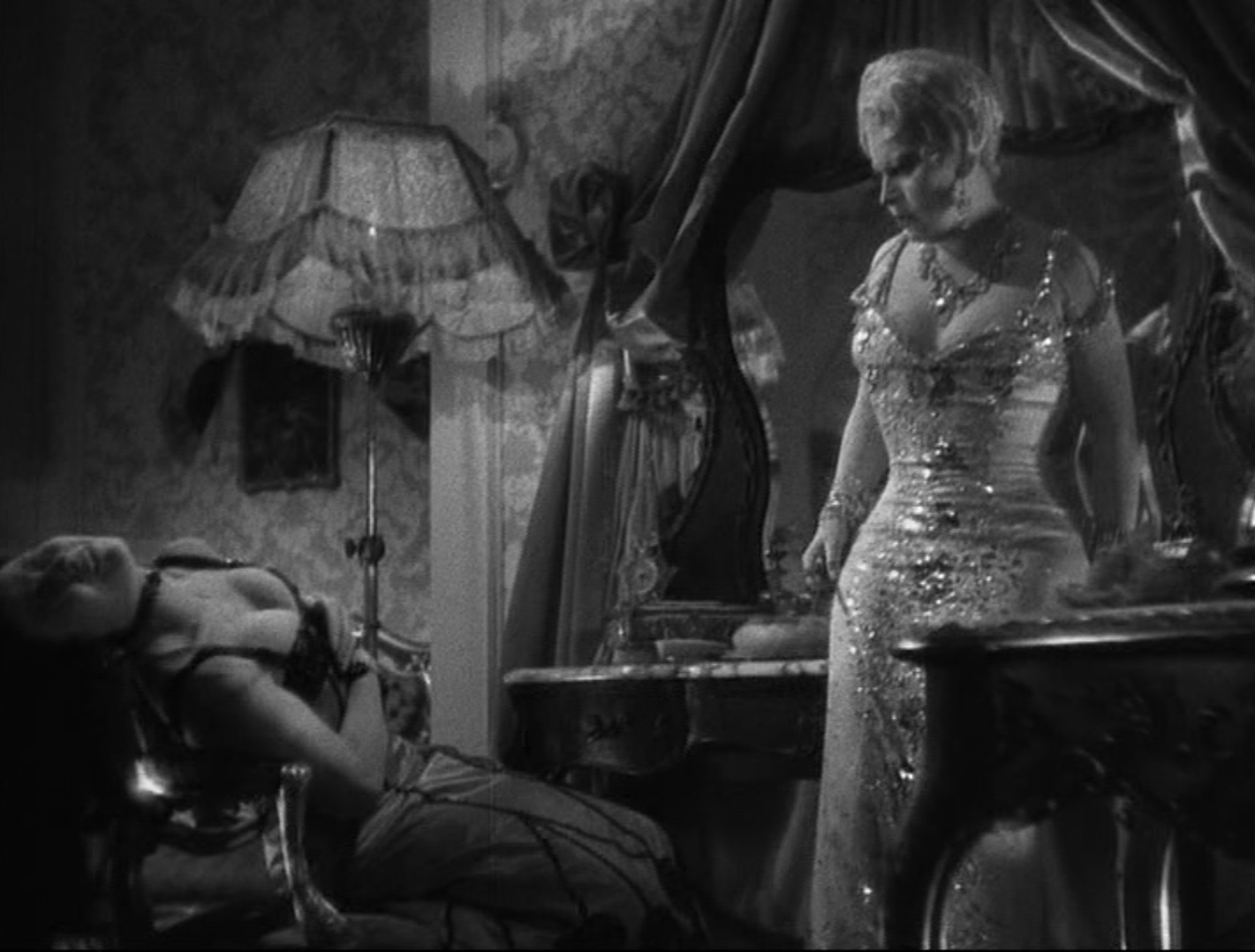

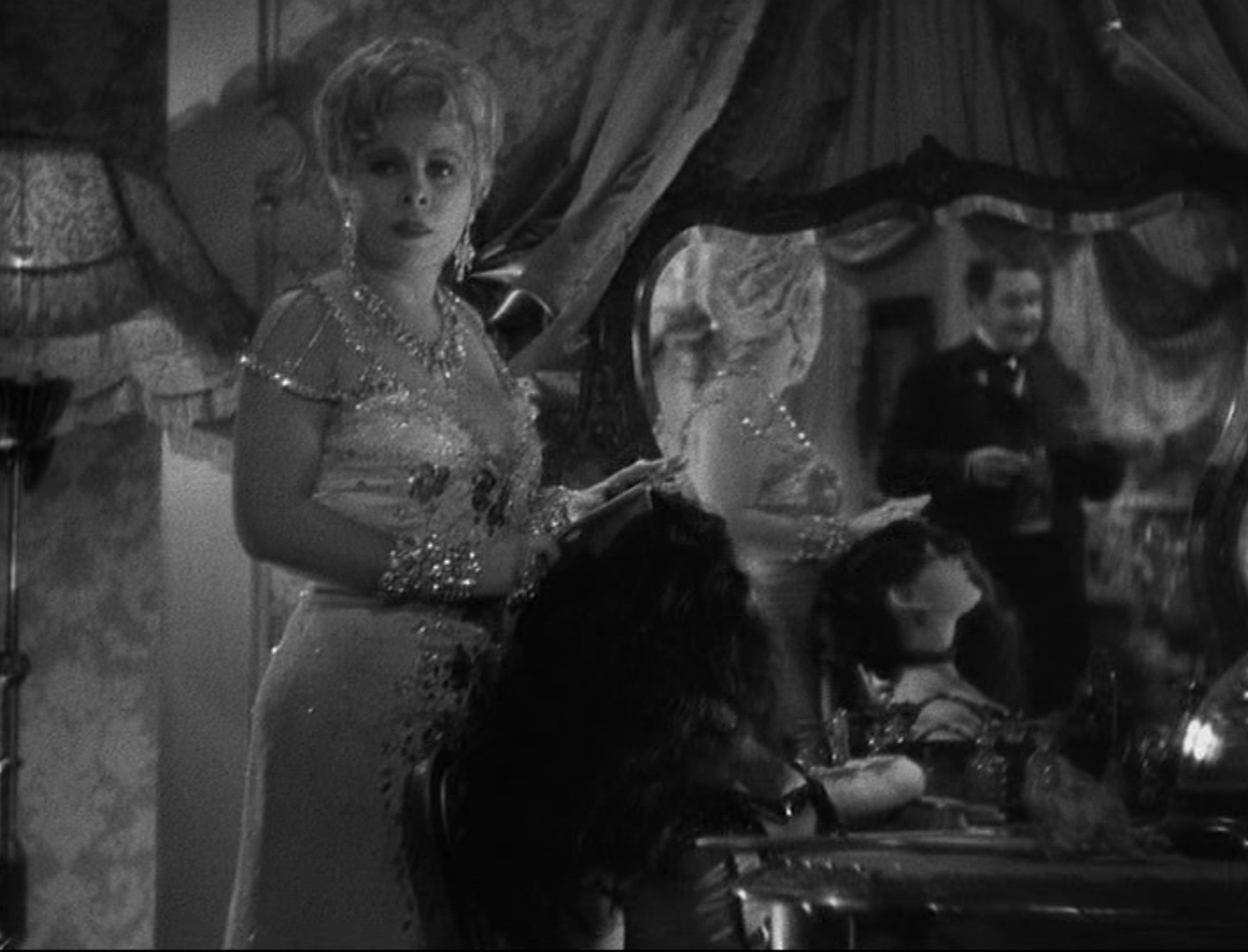
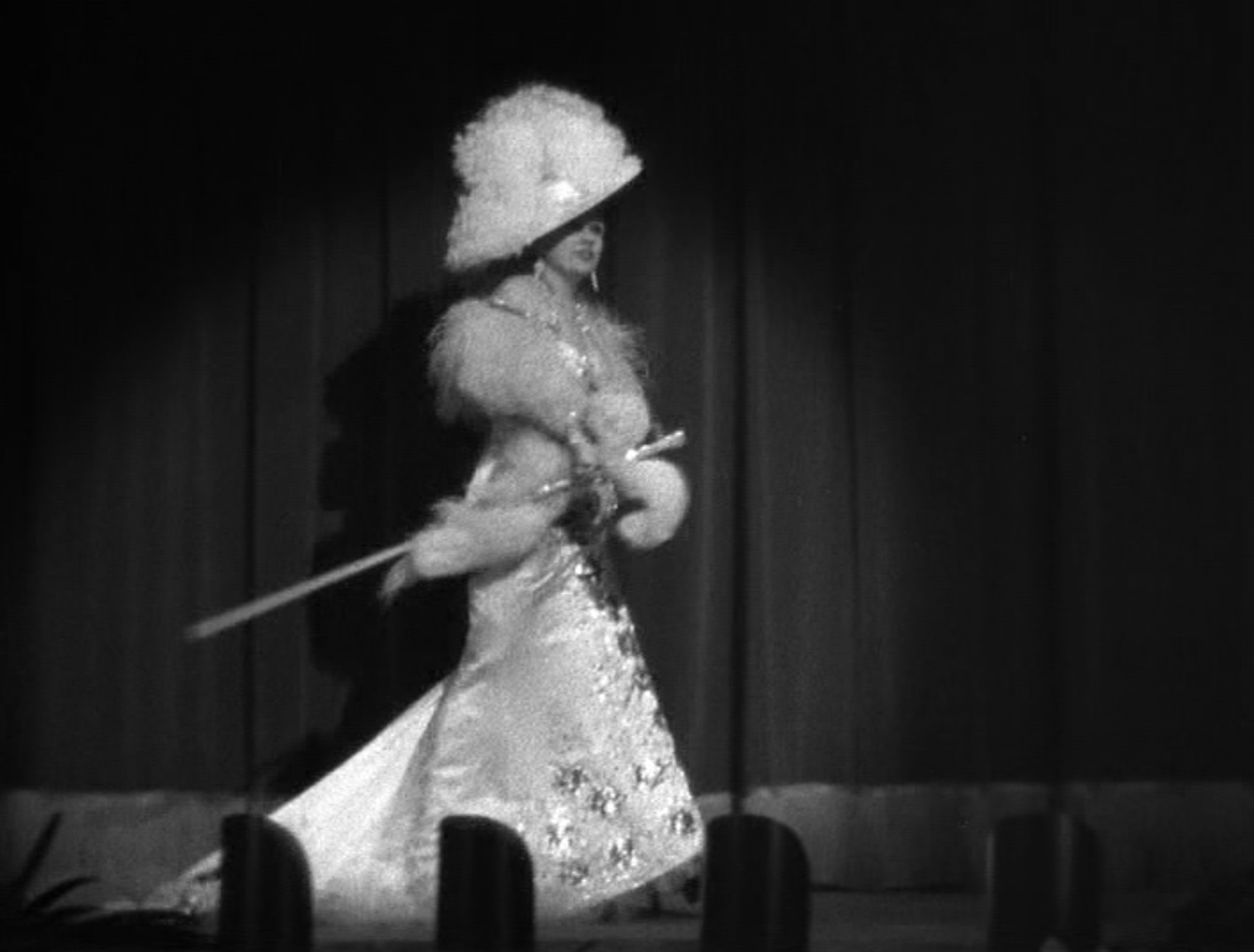
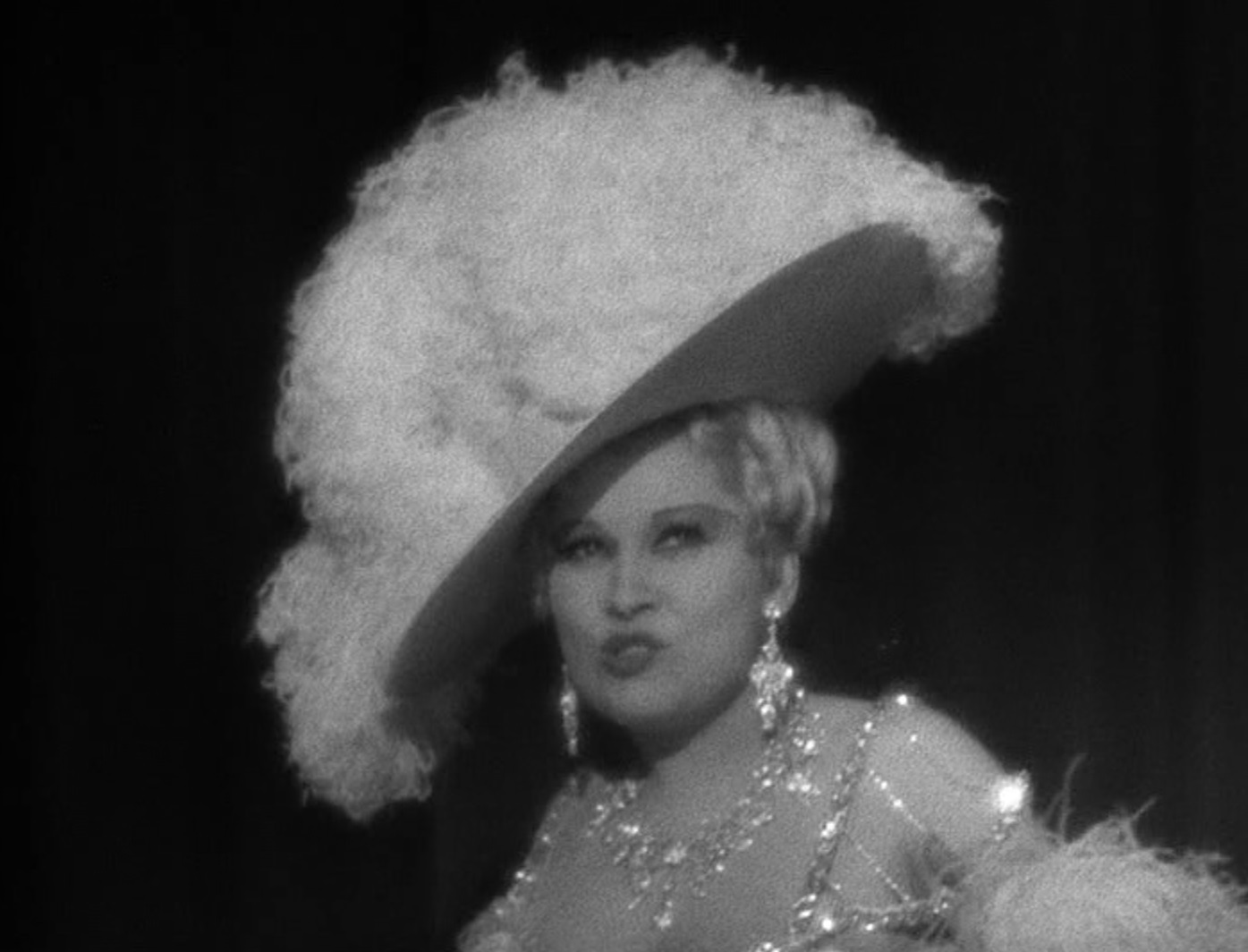
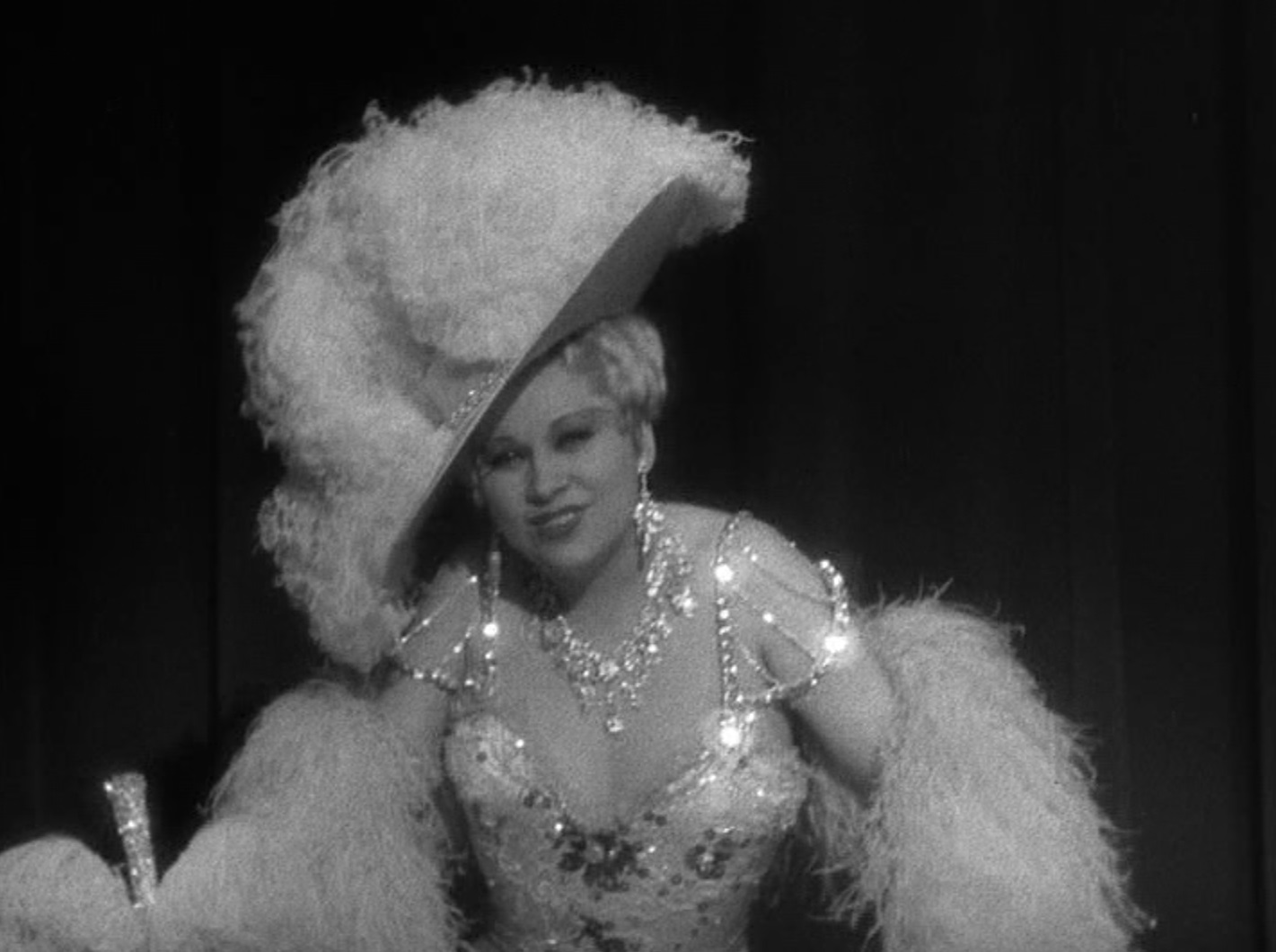
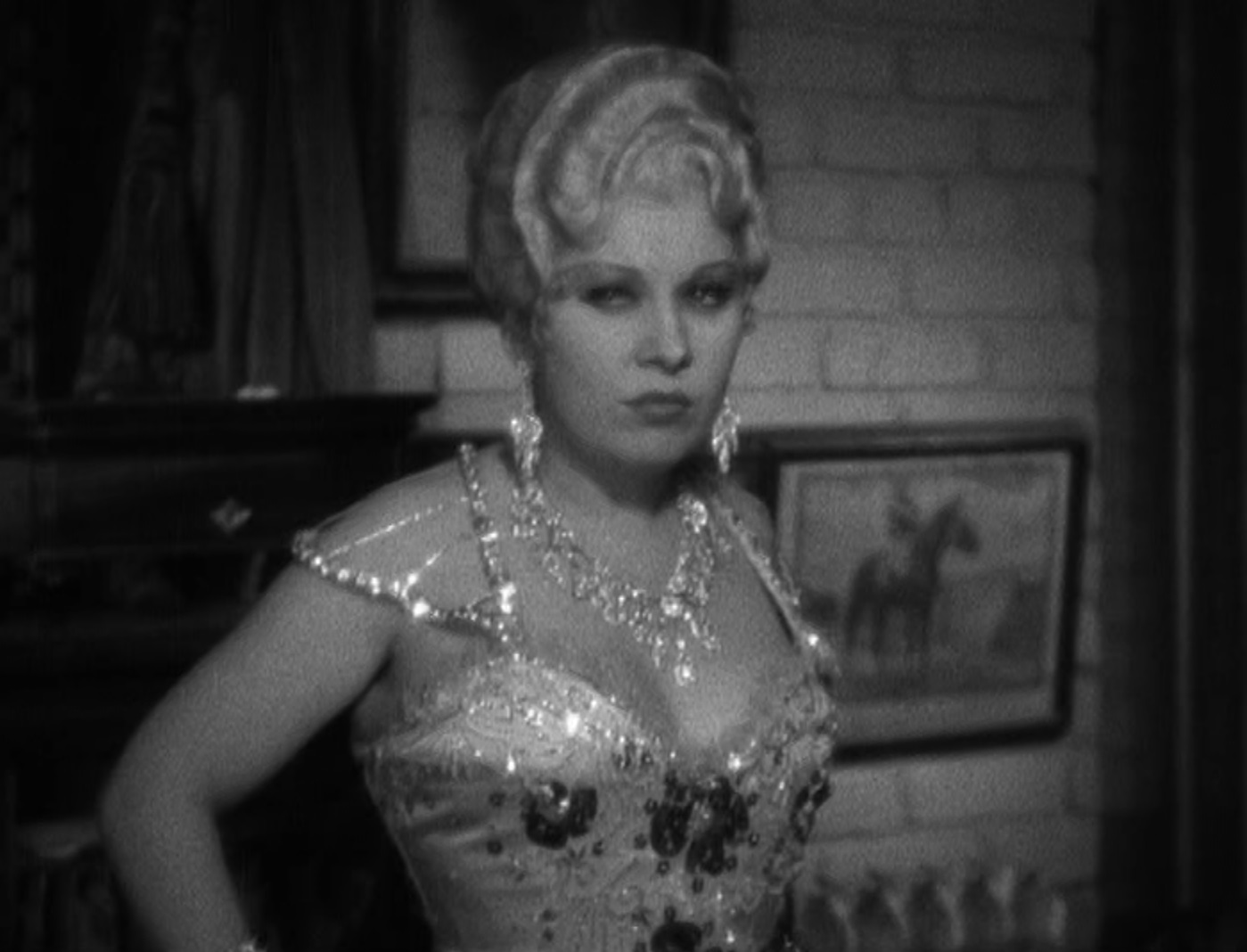
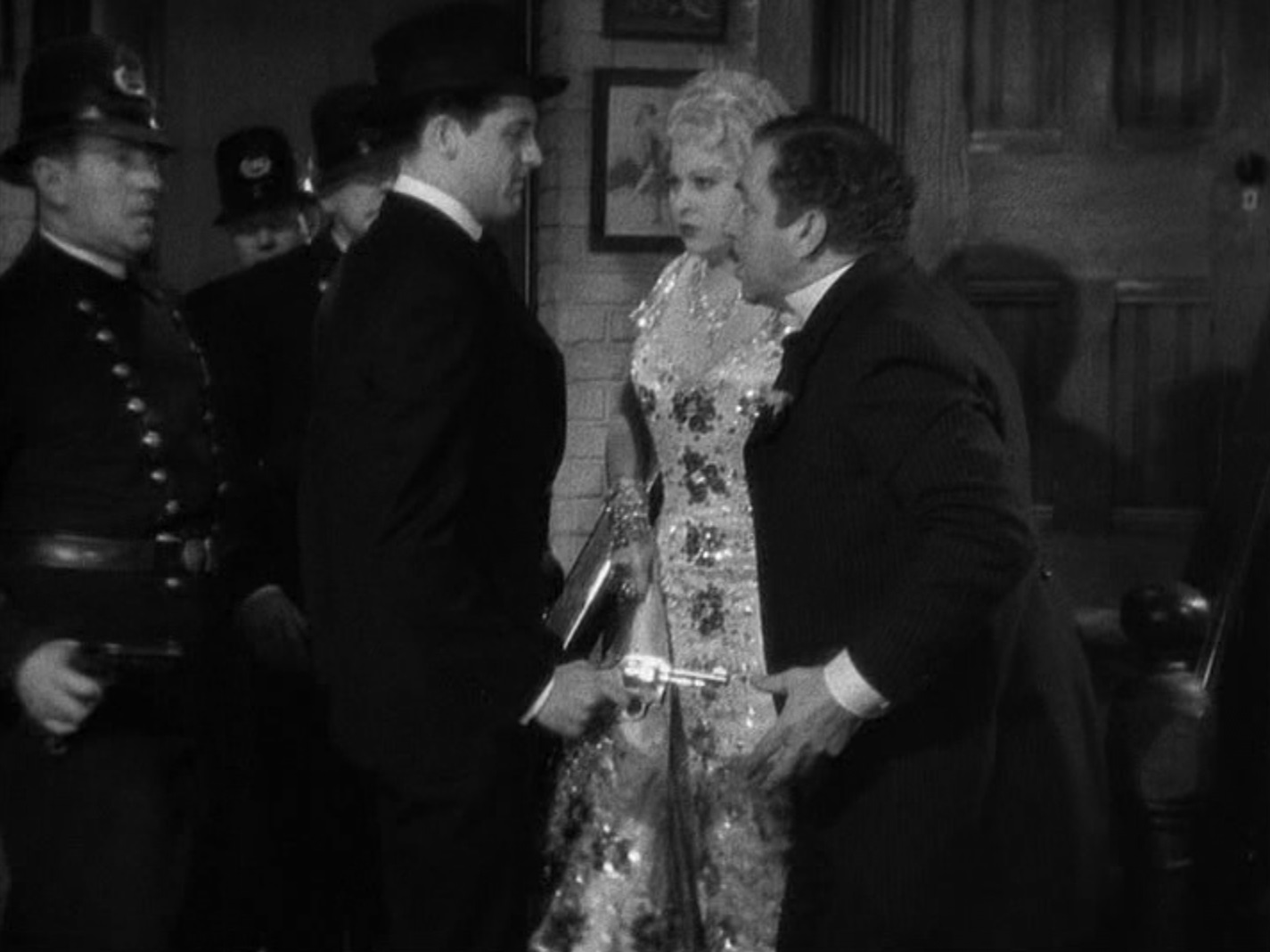

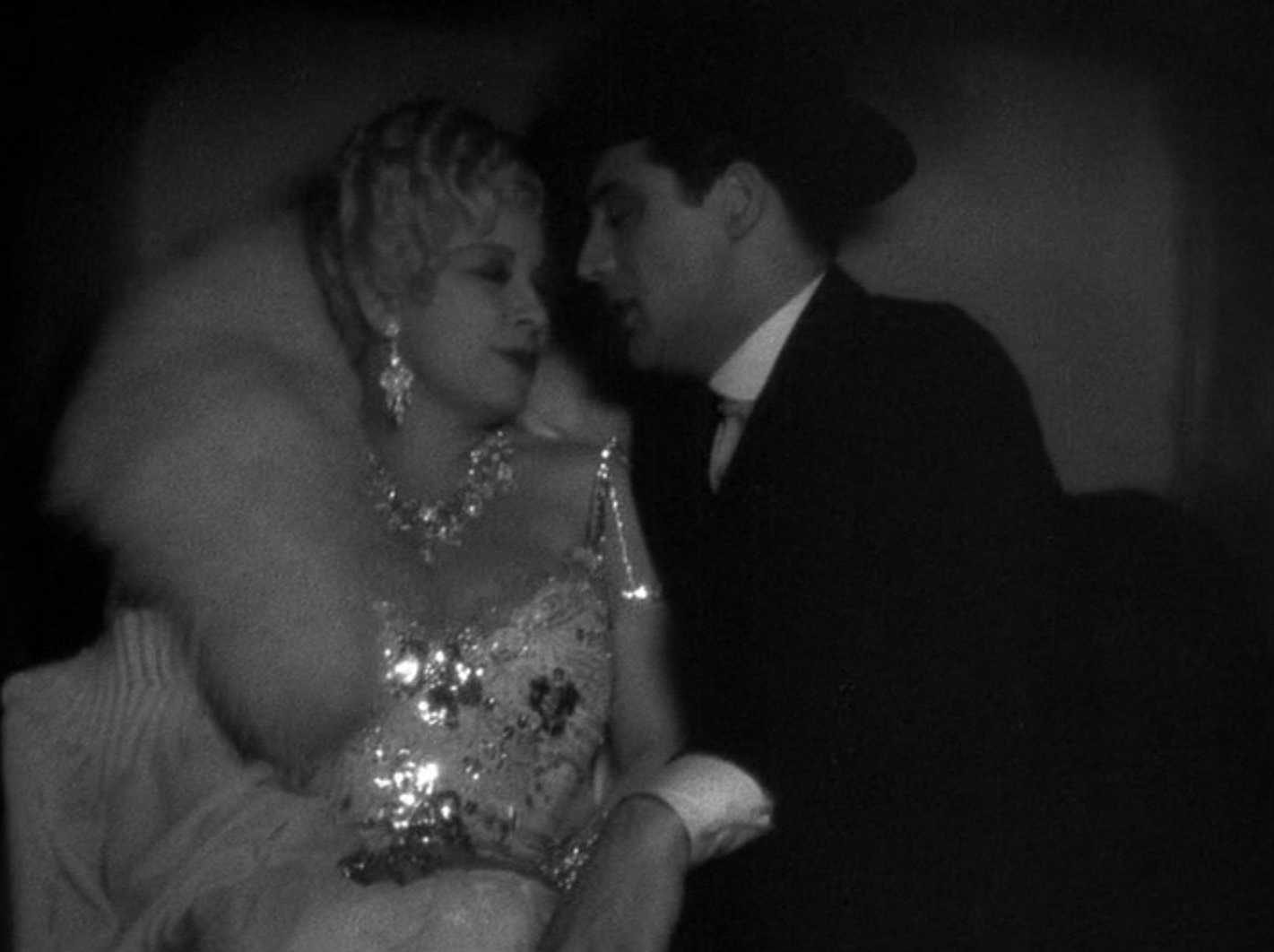


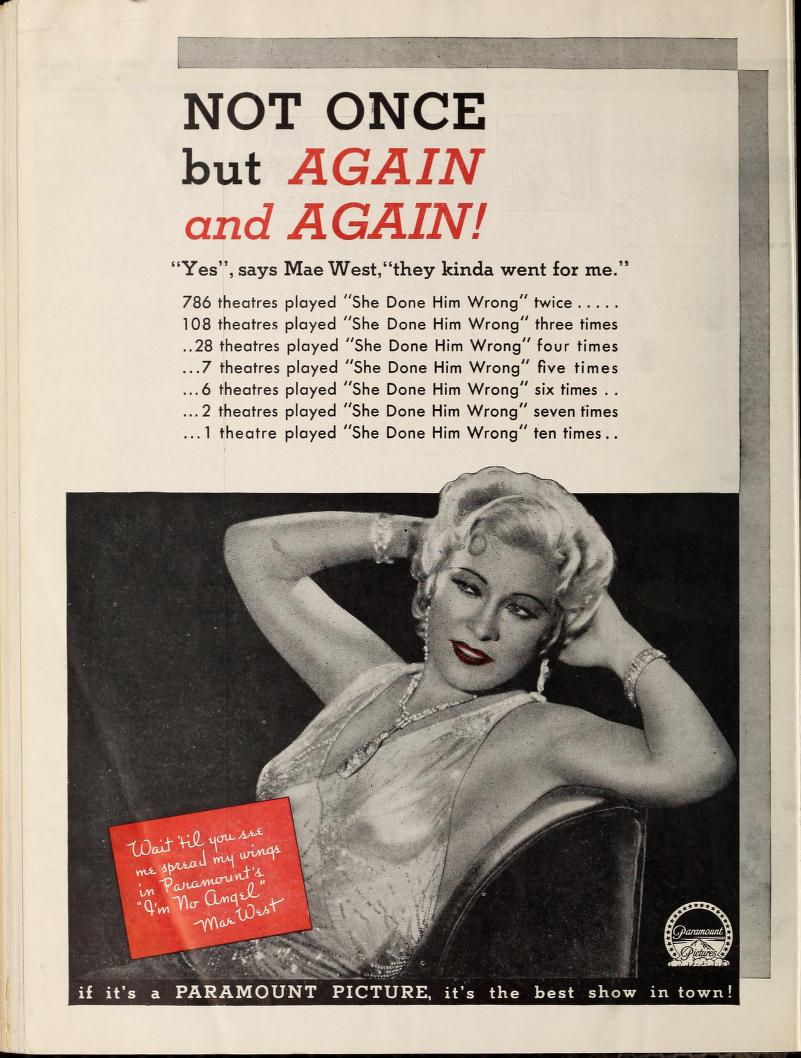
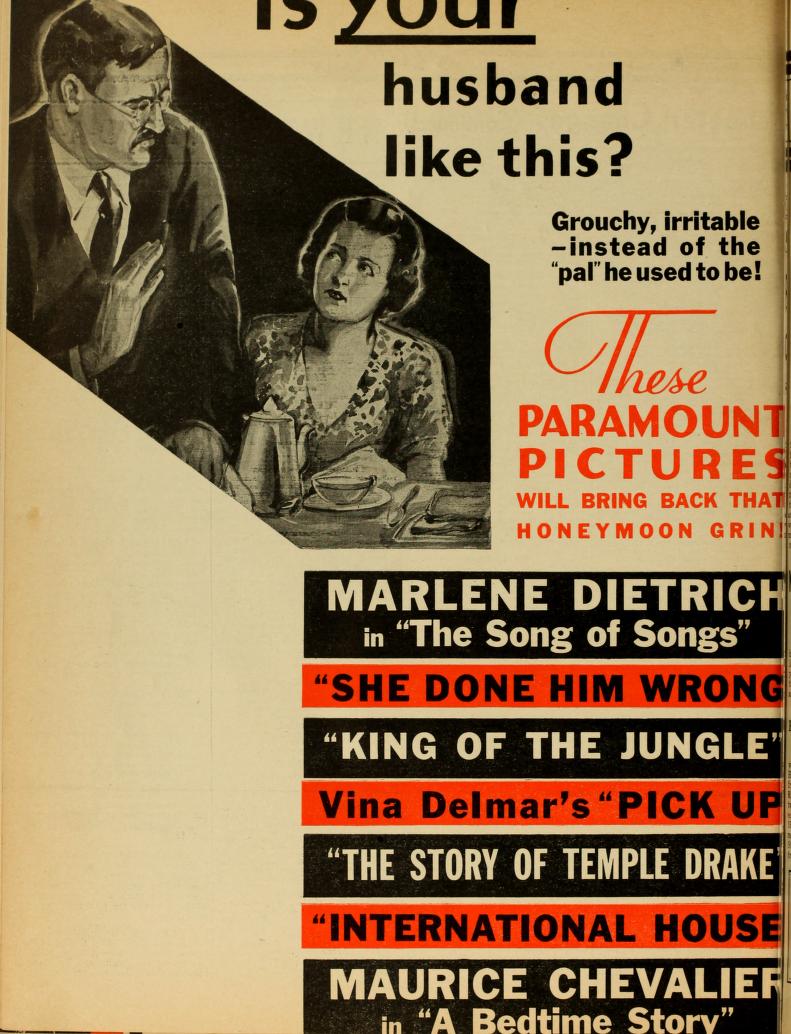
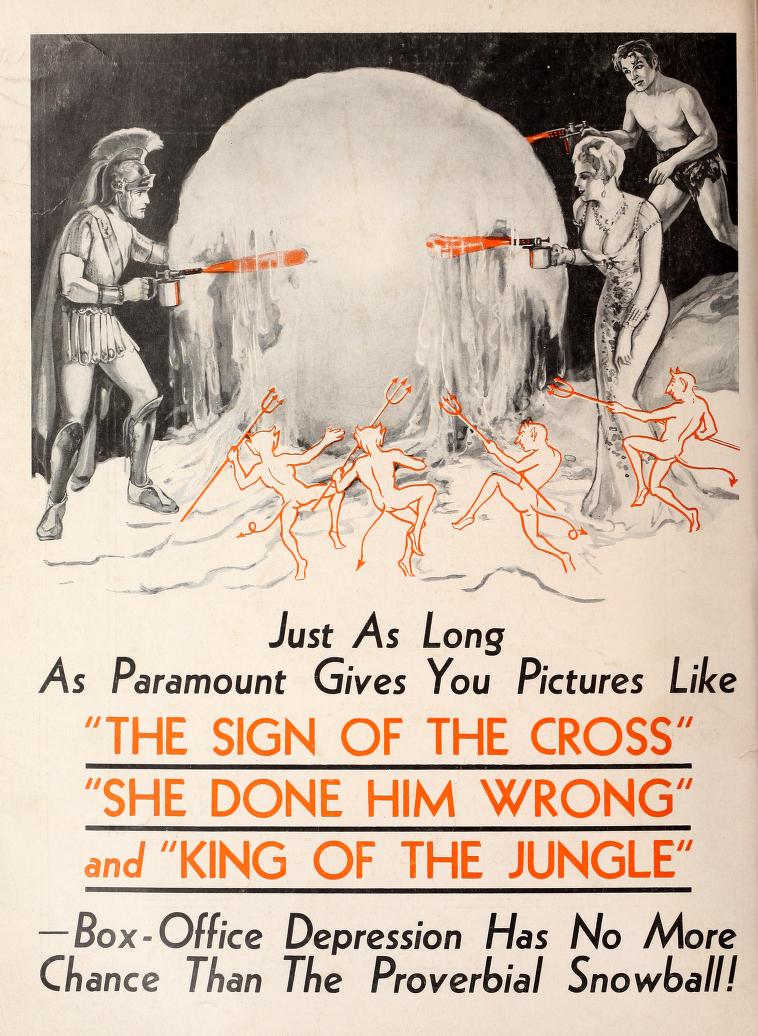
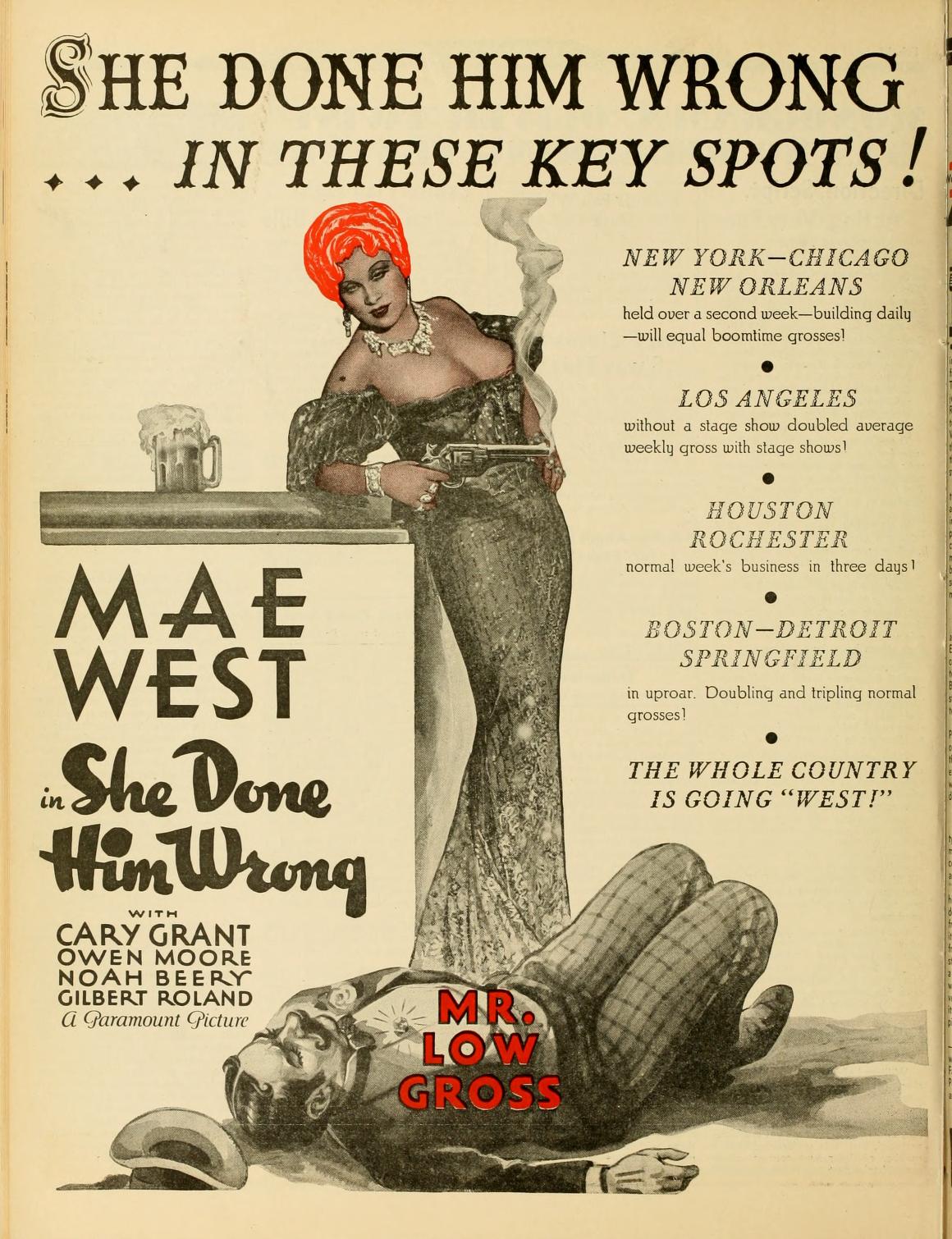
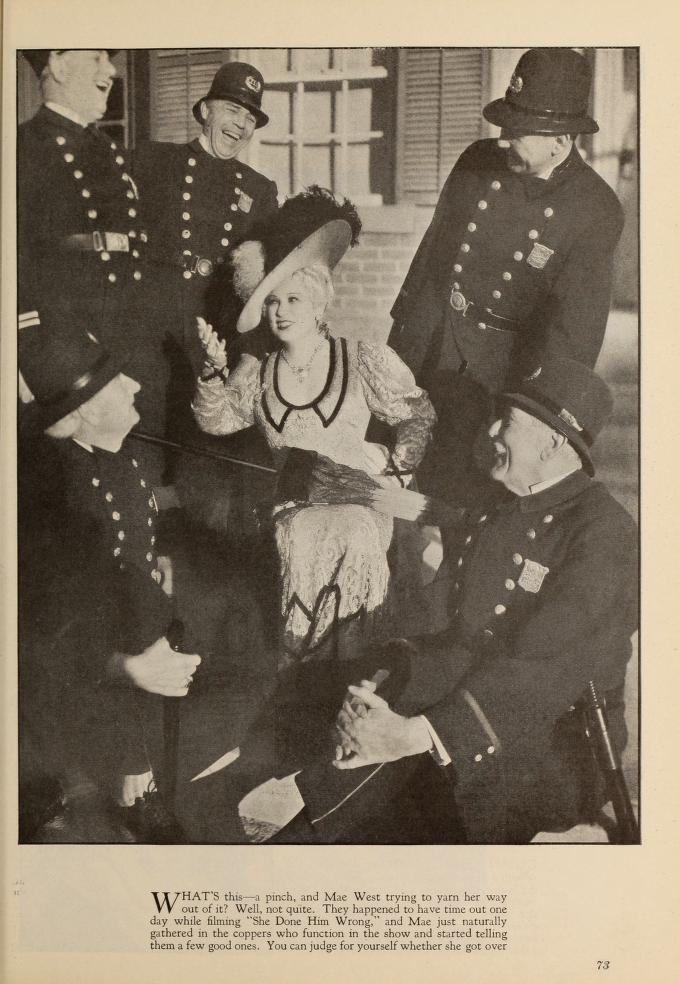
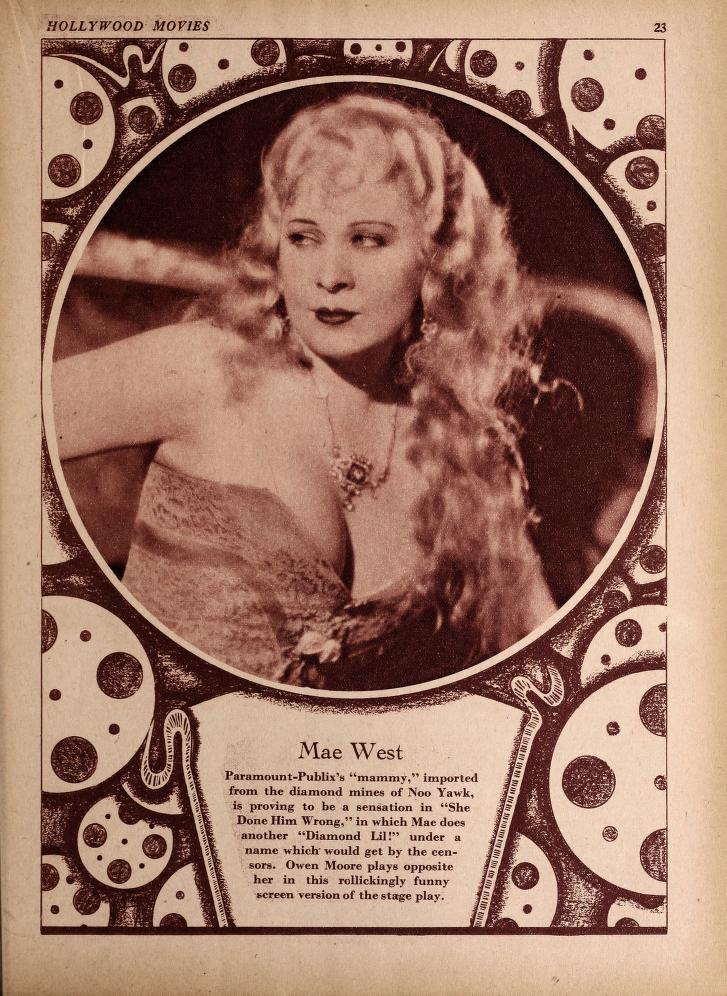
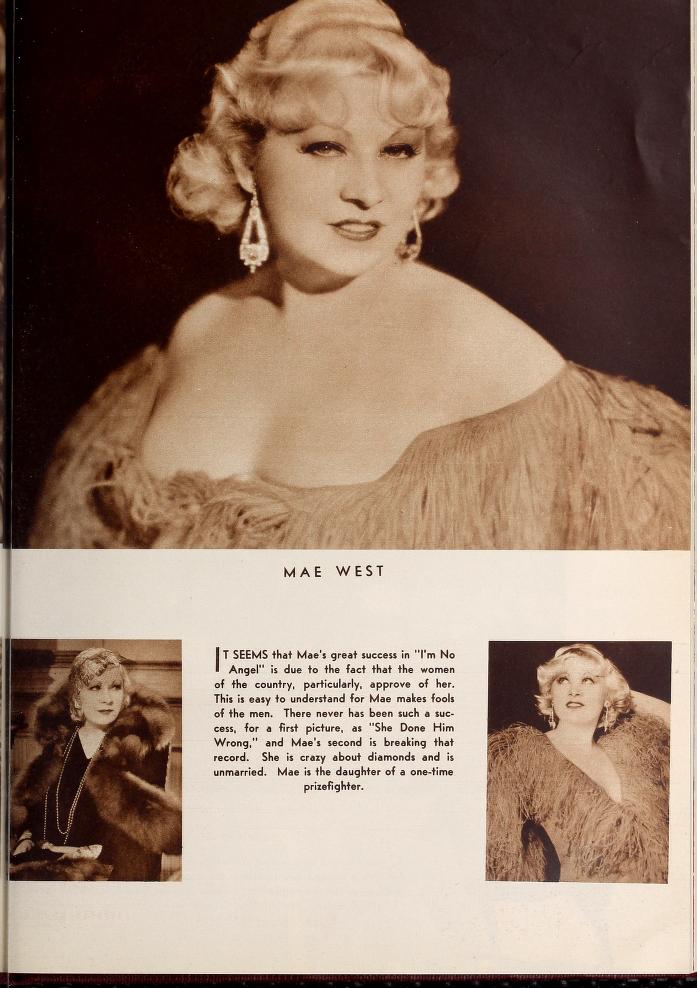
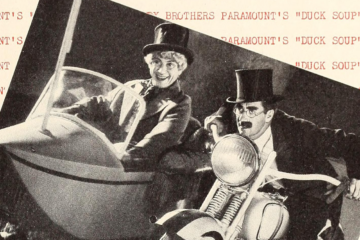


6 Comments
brianpaige · June 23, 2013 at 4:04 pm
If you want some really jarring, watered down Mae check out Belle of the Nineties. Such a jarring ending that comes out of nowhere and it seemed done purely to placate people like Breen. That film was released in Sept. 1934, so it may technically be post code but production was already commencing before the magic July 1, 1934 date.
Danny · June 23, 2013 at 7:51 pm
I’ve got Belle on my checklist, and I’m sure it’ll suffer the 1934 split personality syndrome I saw in stuff like Upperworld and Search for Beauty.
Emily · July 4, 2014 at 12:05 pm
I saw this film tonight and I agree with you: Mae is the most entertaining part of it, but the plot is a mess and the other characters are boring.
Danny · July 4, 2014 at 11:44 pm
All of her pre-Code movies that she made at Paramount– where she had a lot of leeway because she was money in the bank and the studio had nothing to lose– kind of suffer for this. They’re witty one-liner delivery methods for her. The problem is that as a solo act, whenever she’s not around, there isn’t much of a point of watching it.
Craig Gustafson · July 4, 2014 at 2:34 pm
The old west? The movie takes place in the Bowery, in New York City.
Danny · July 4, 2014 at 11:52 pm
*smacks forehead* Thank you!
Comments are closed.